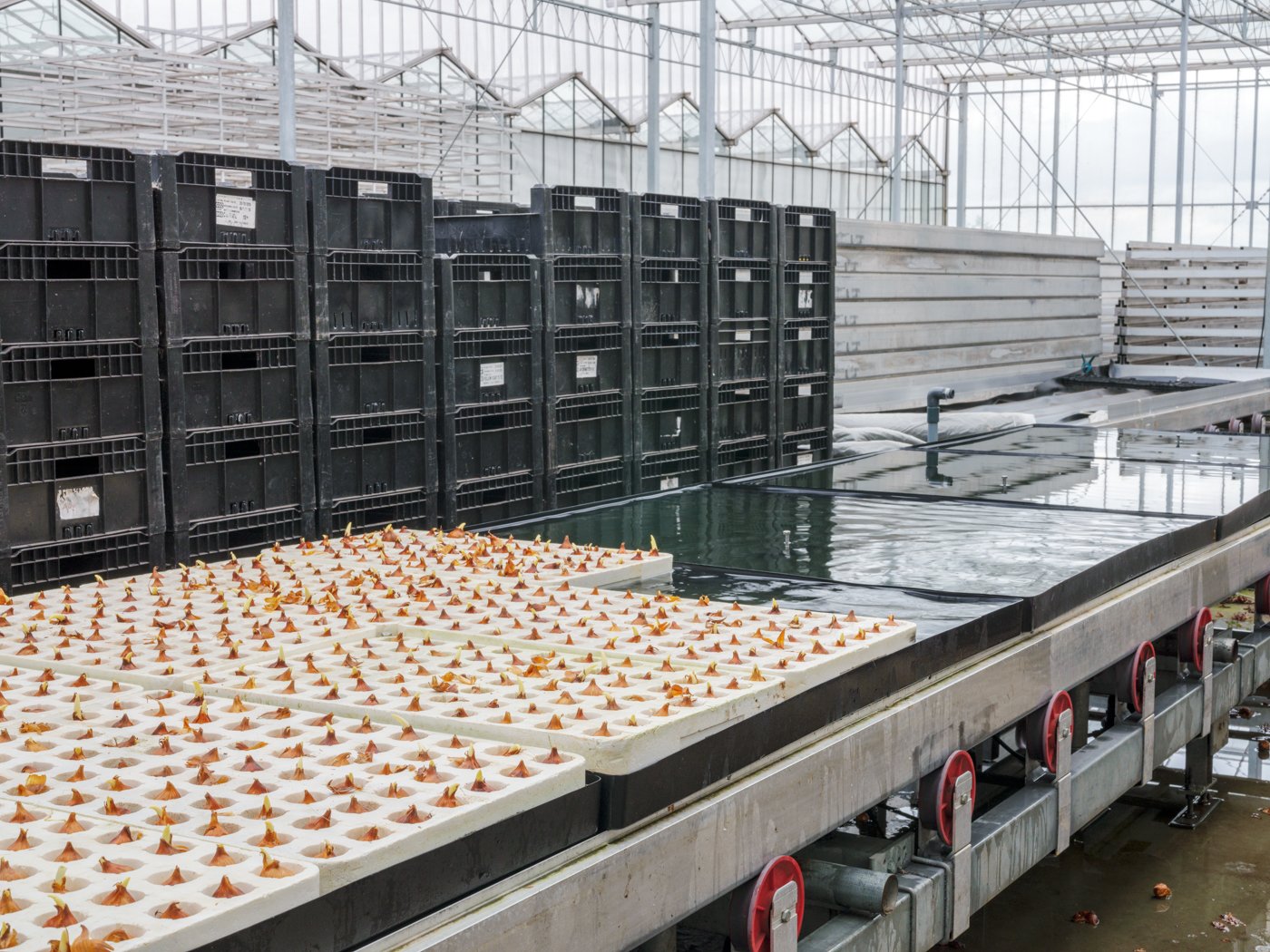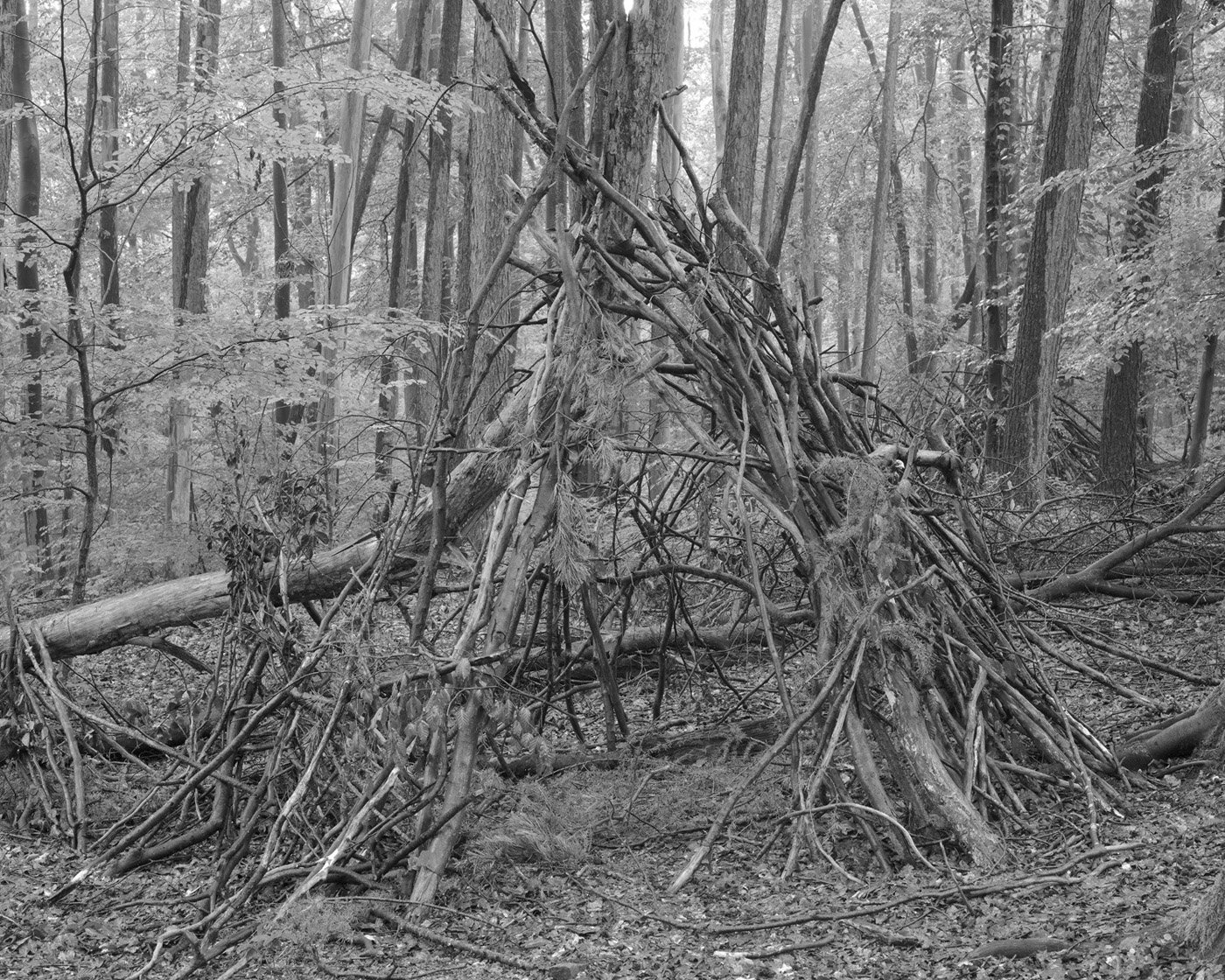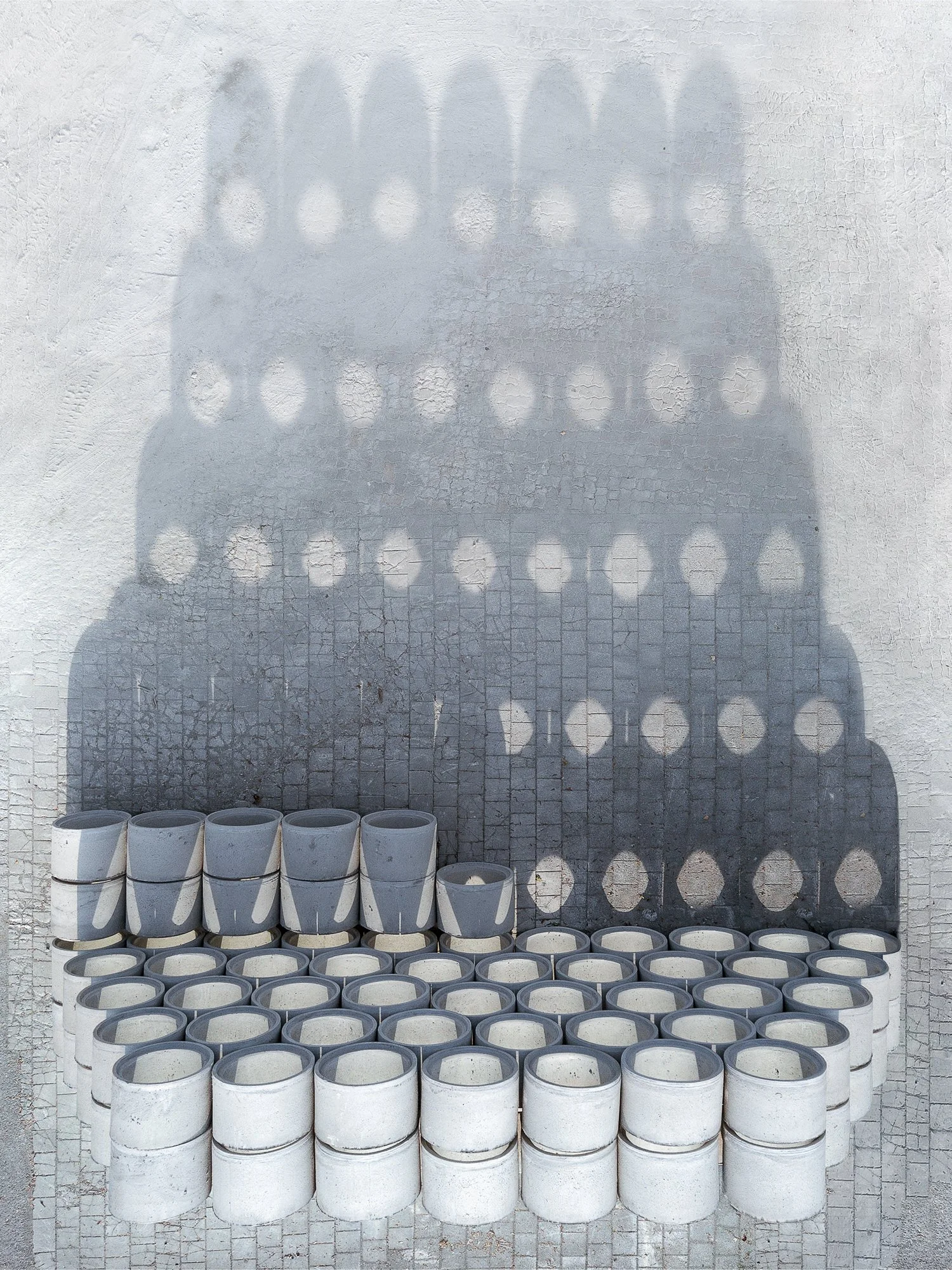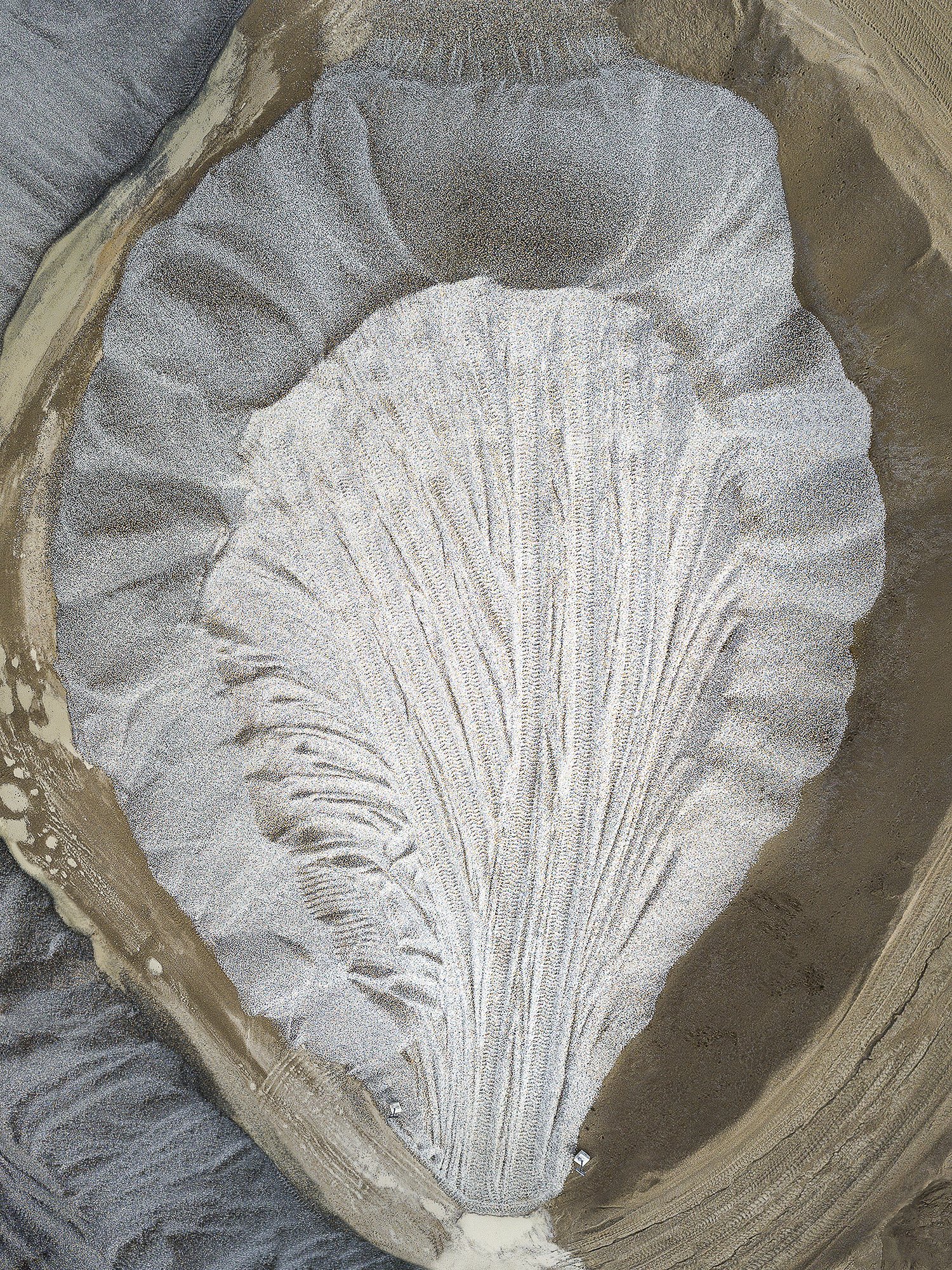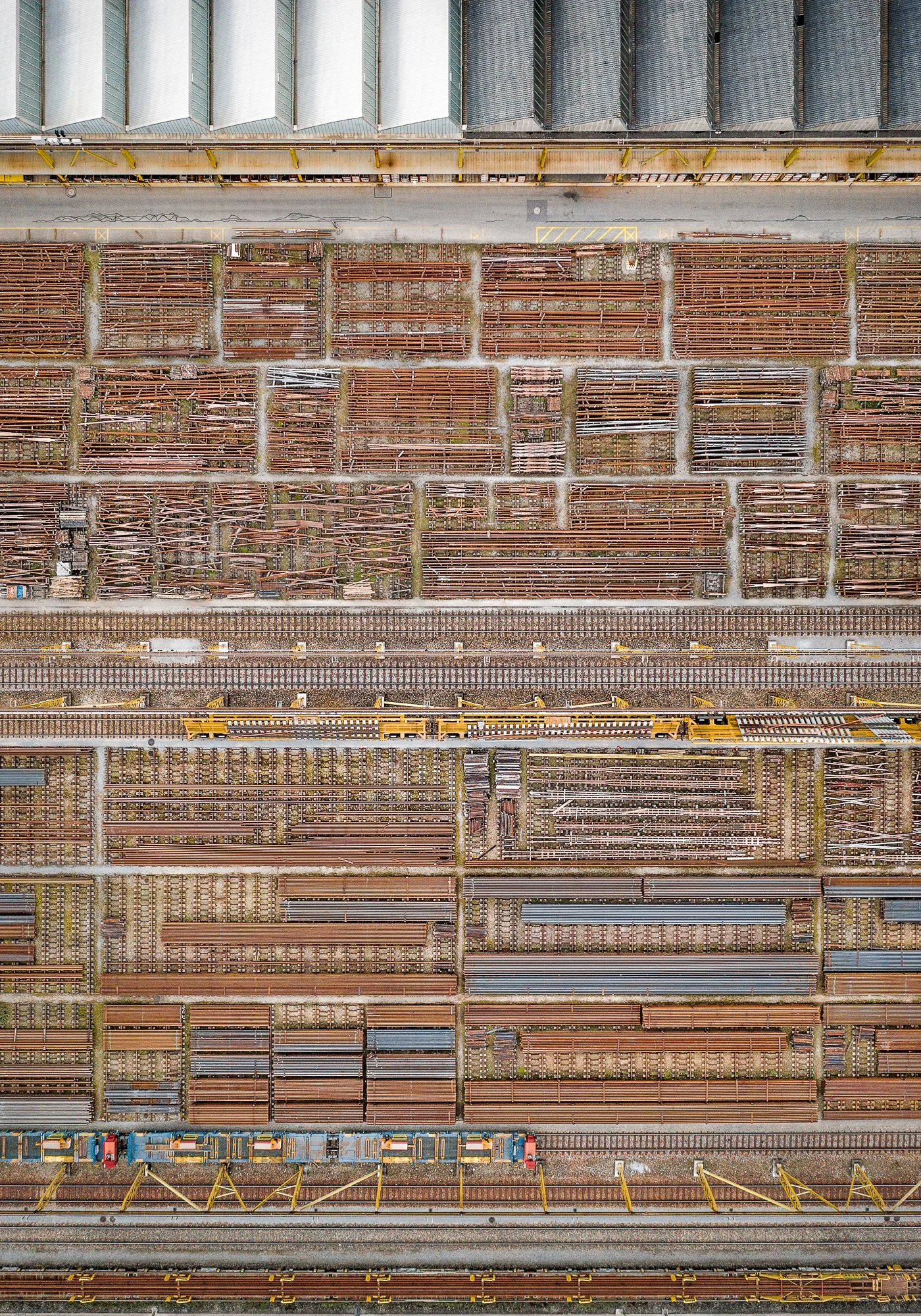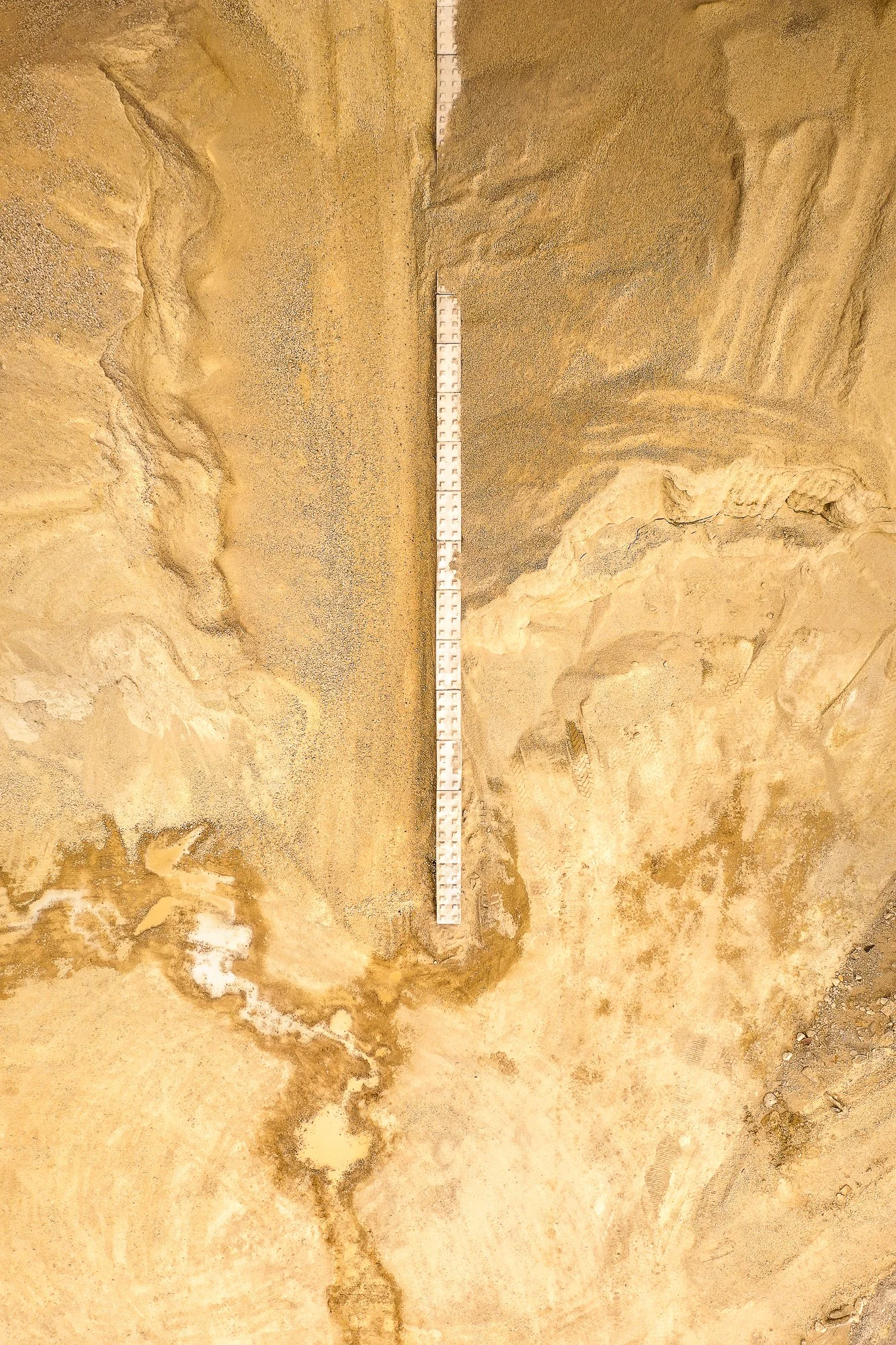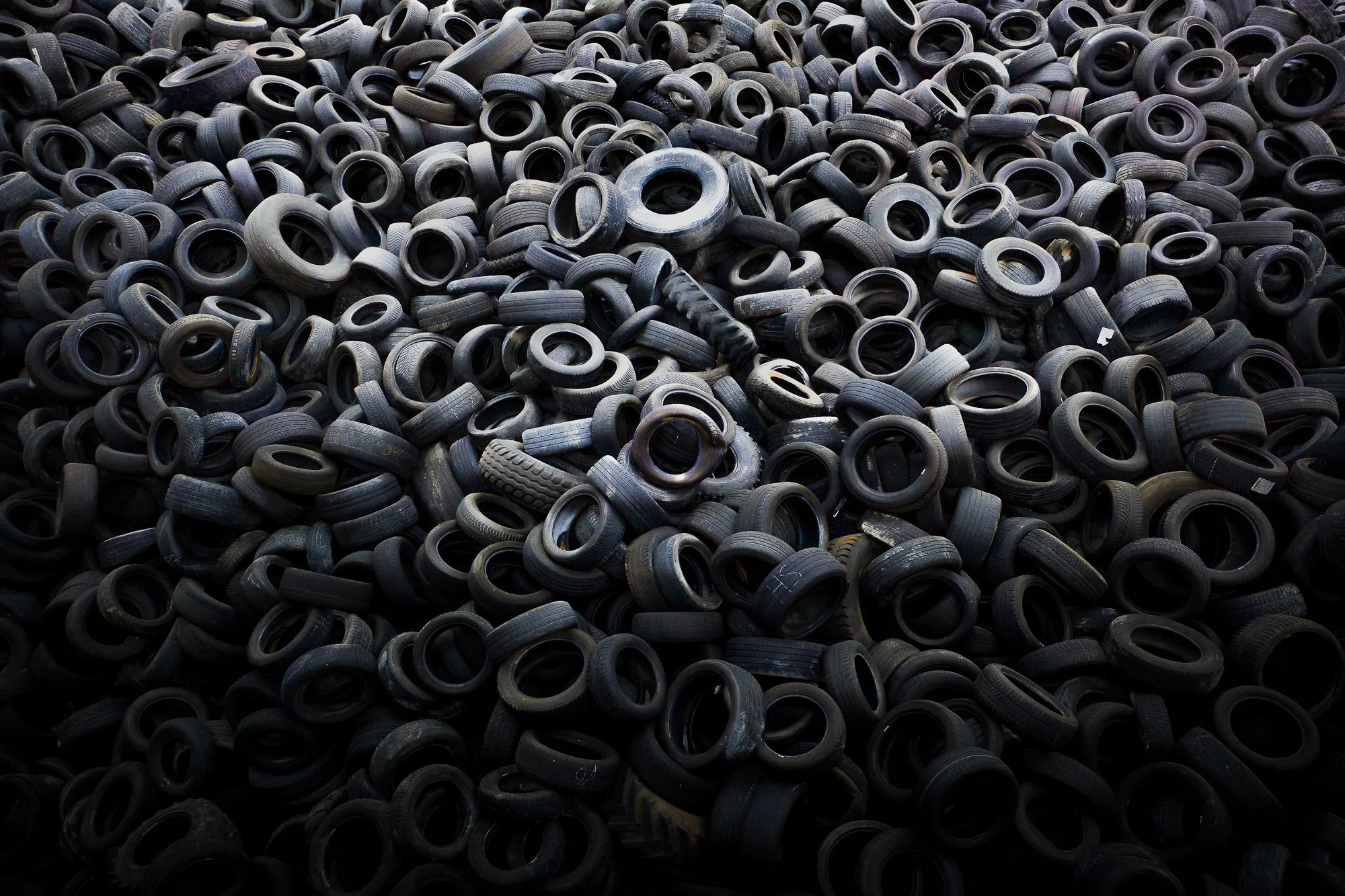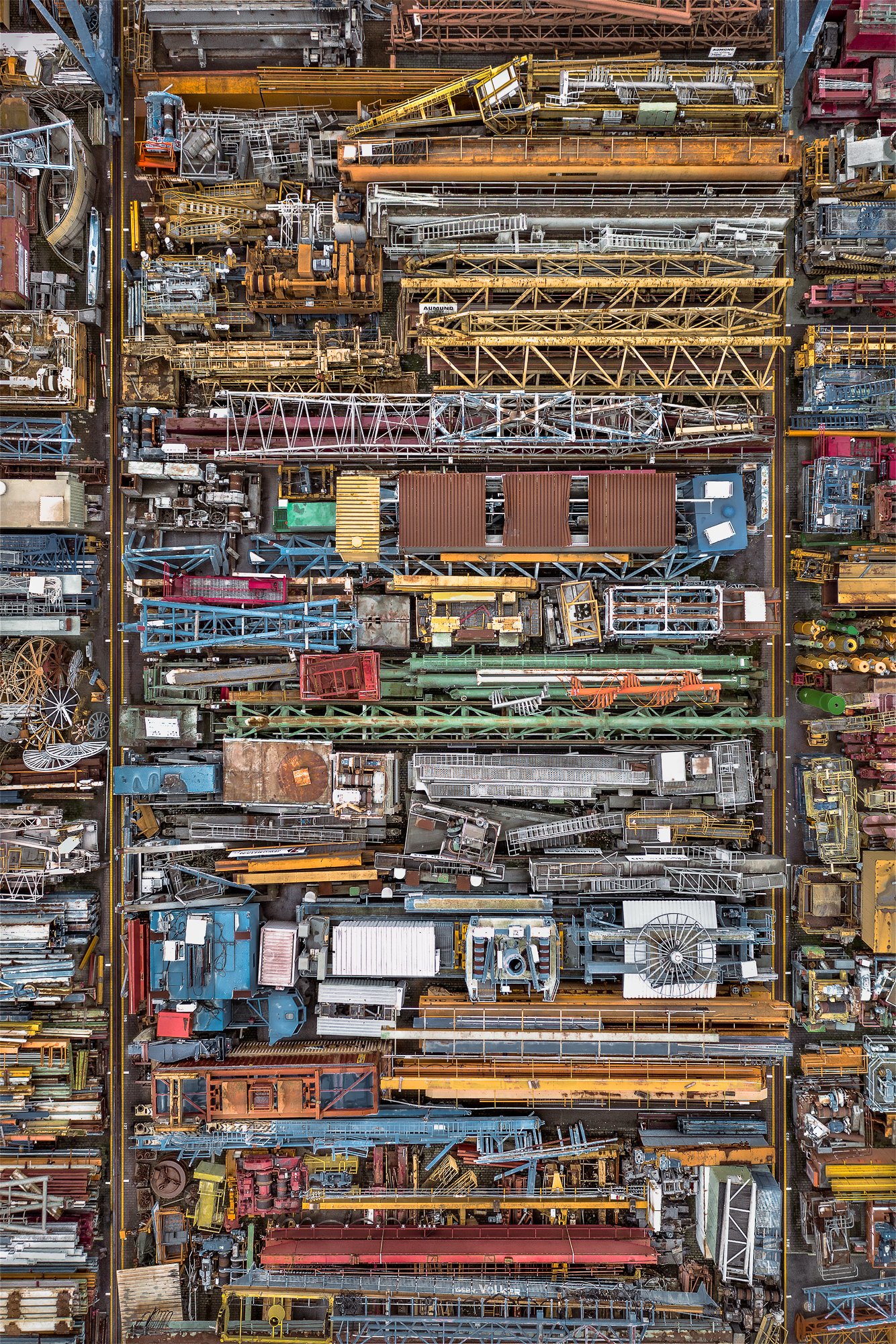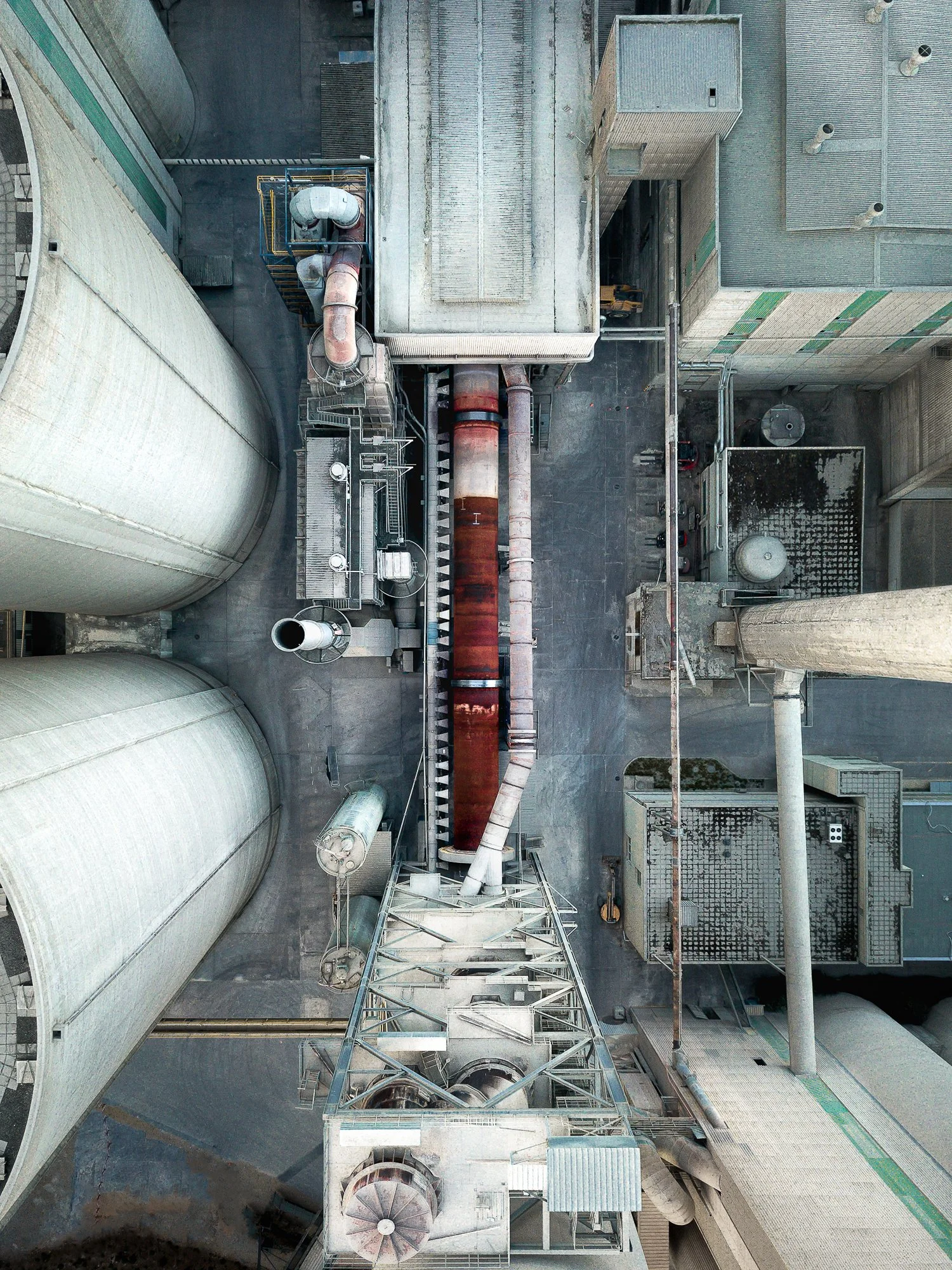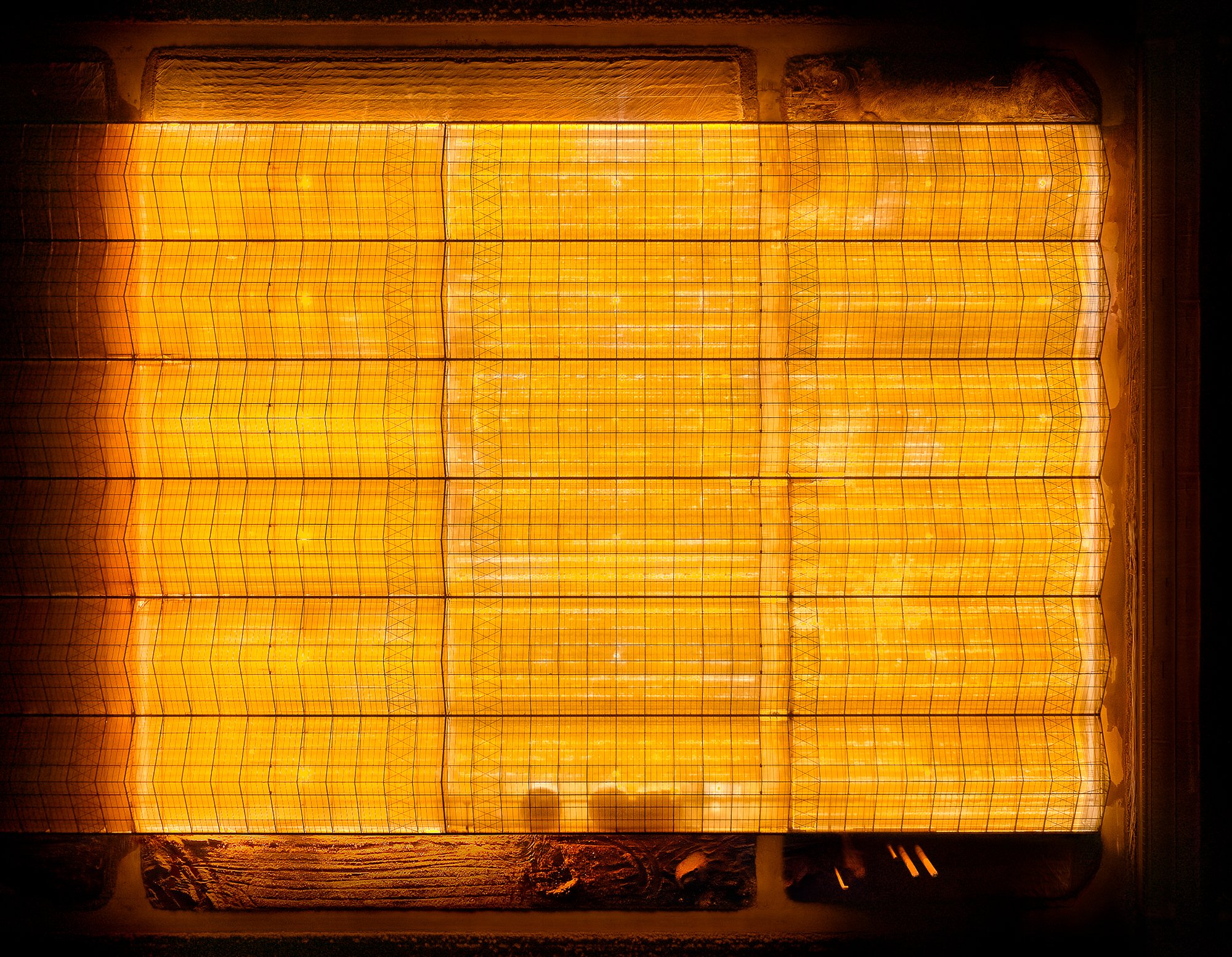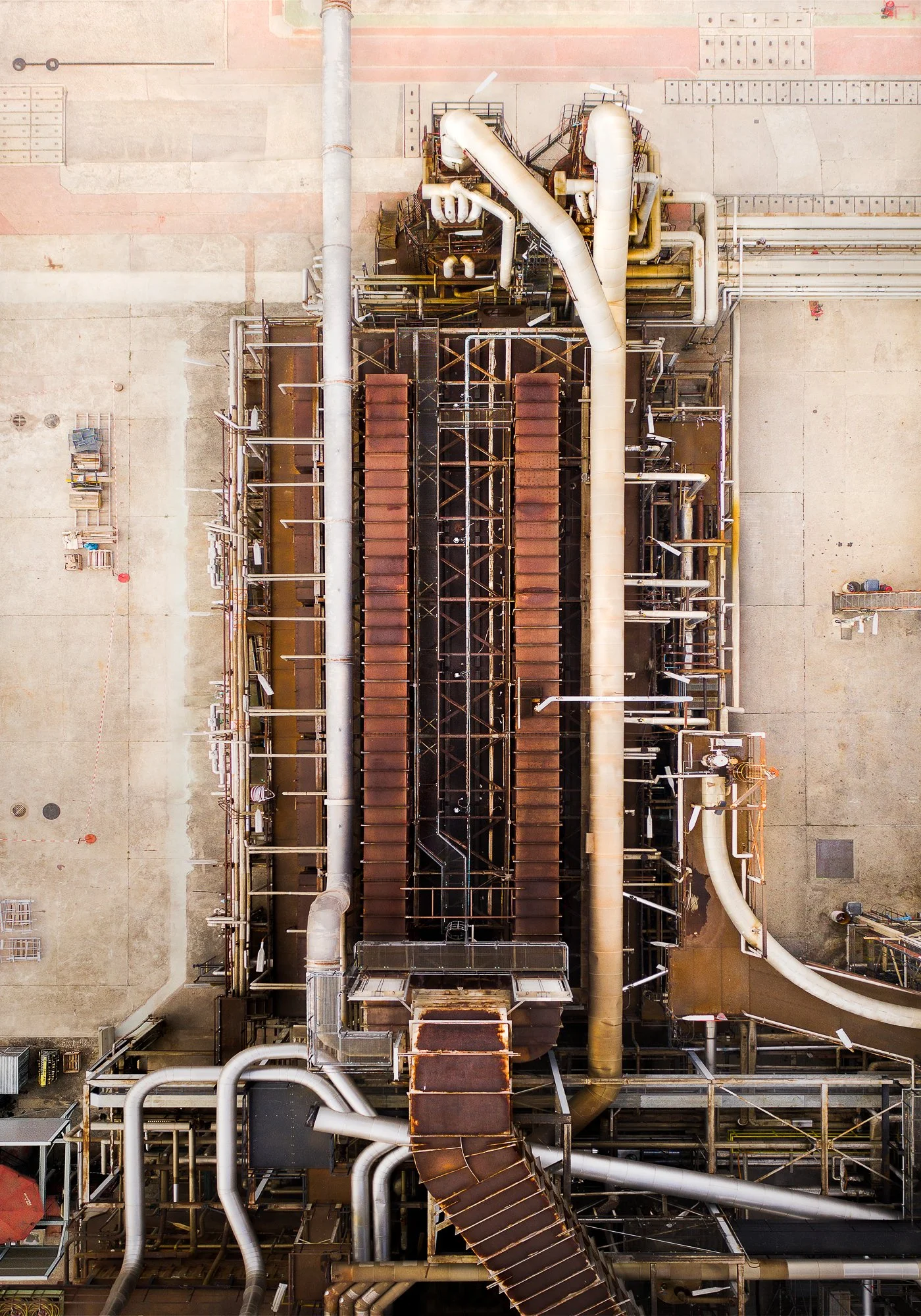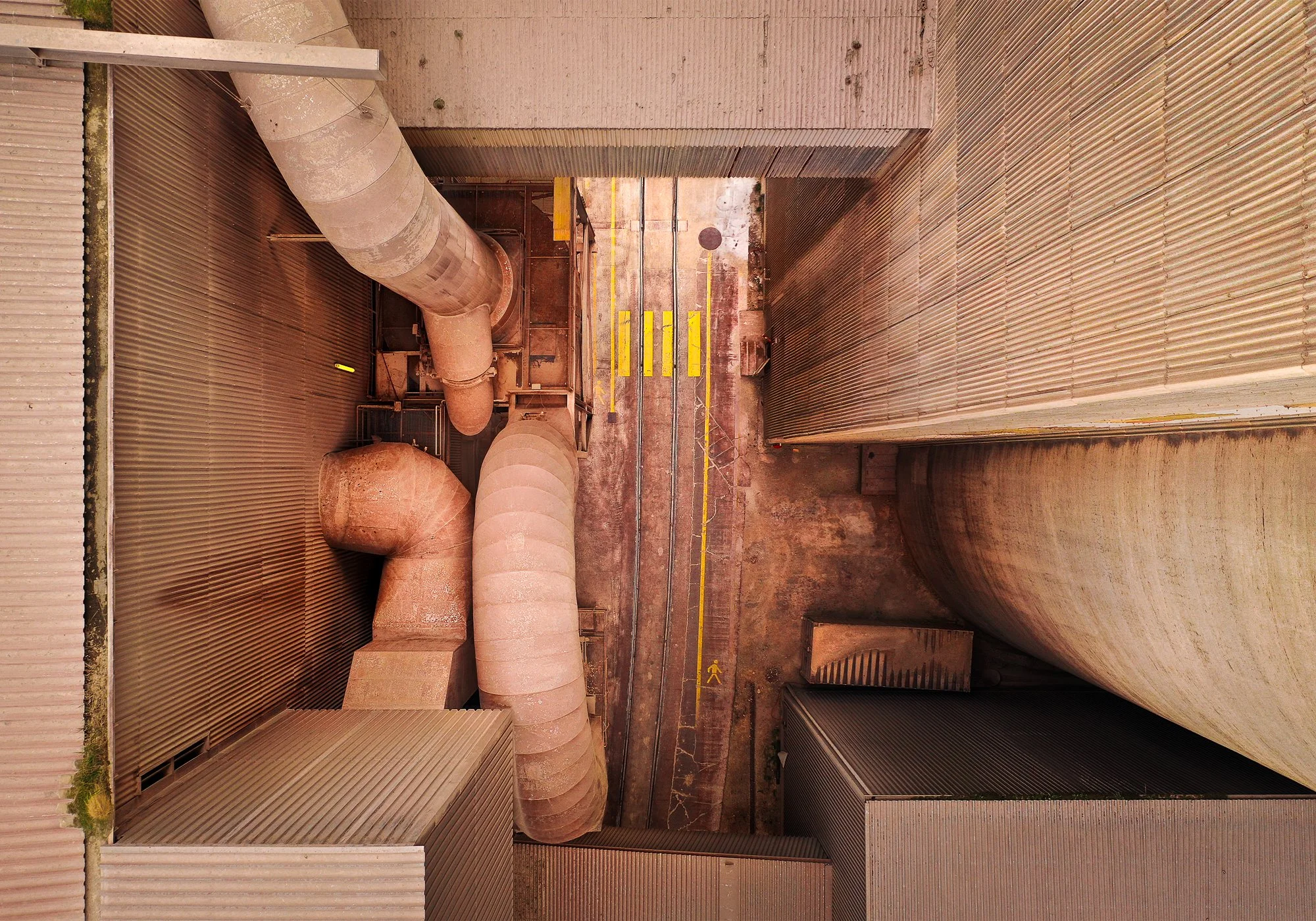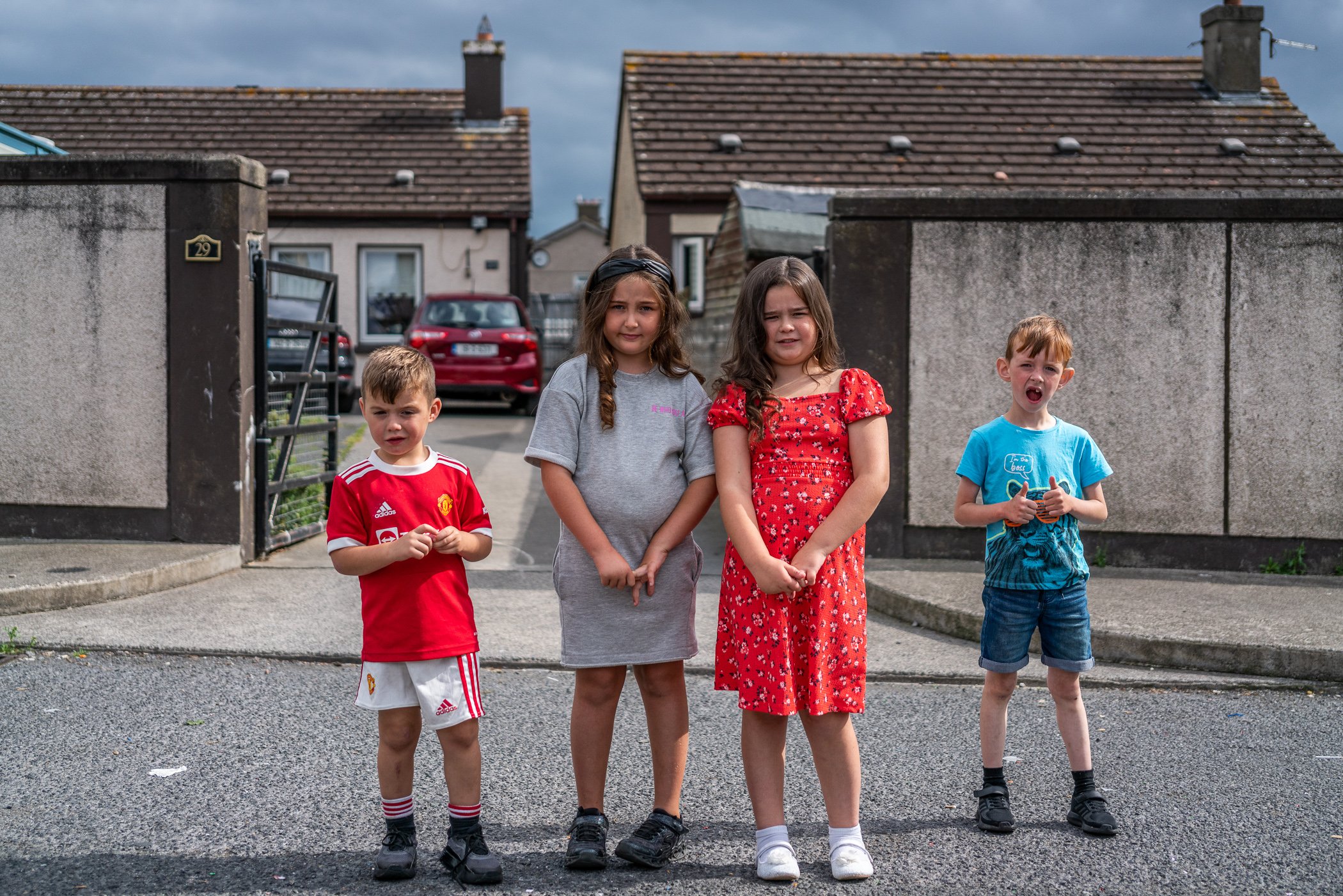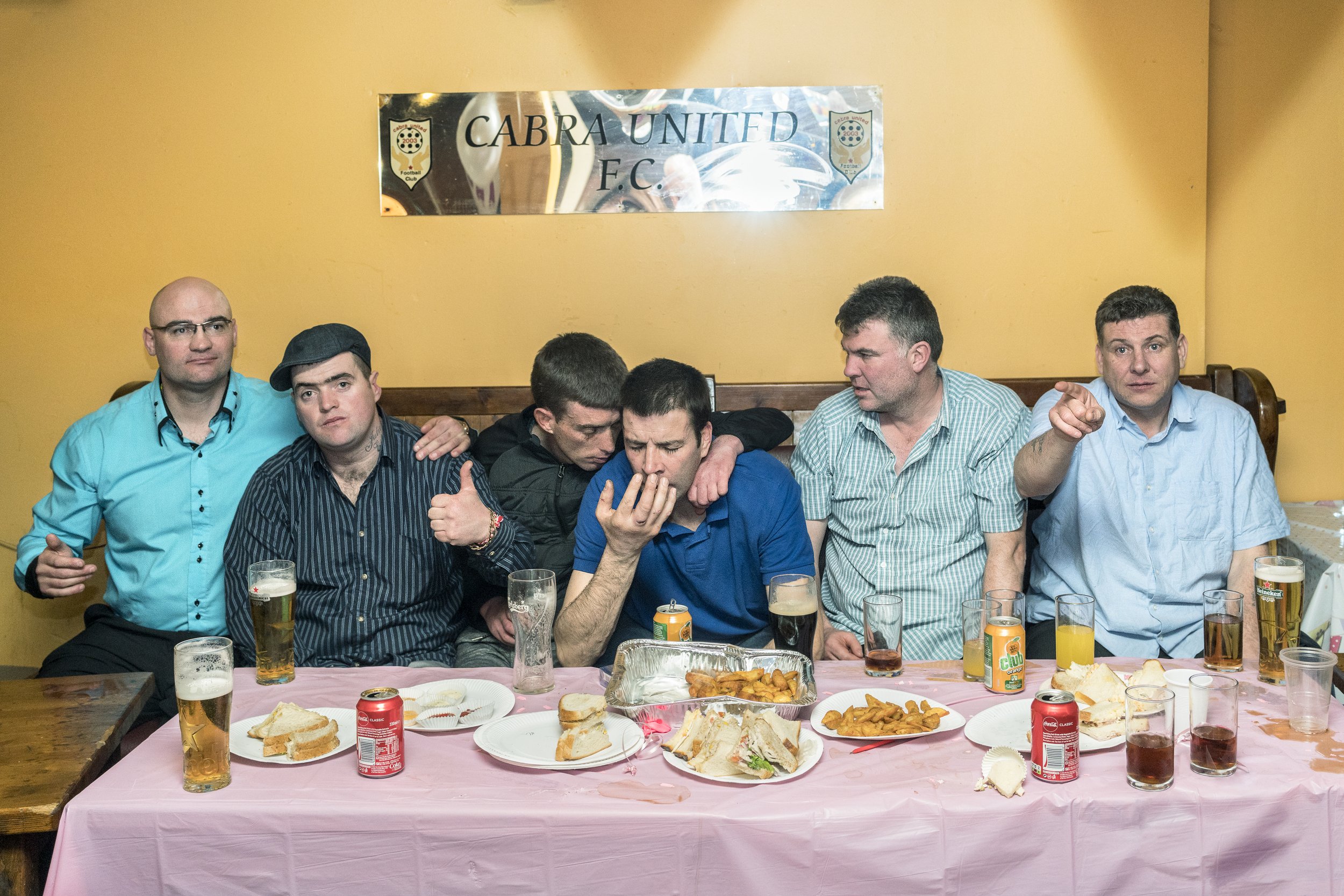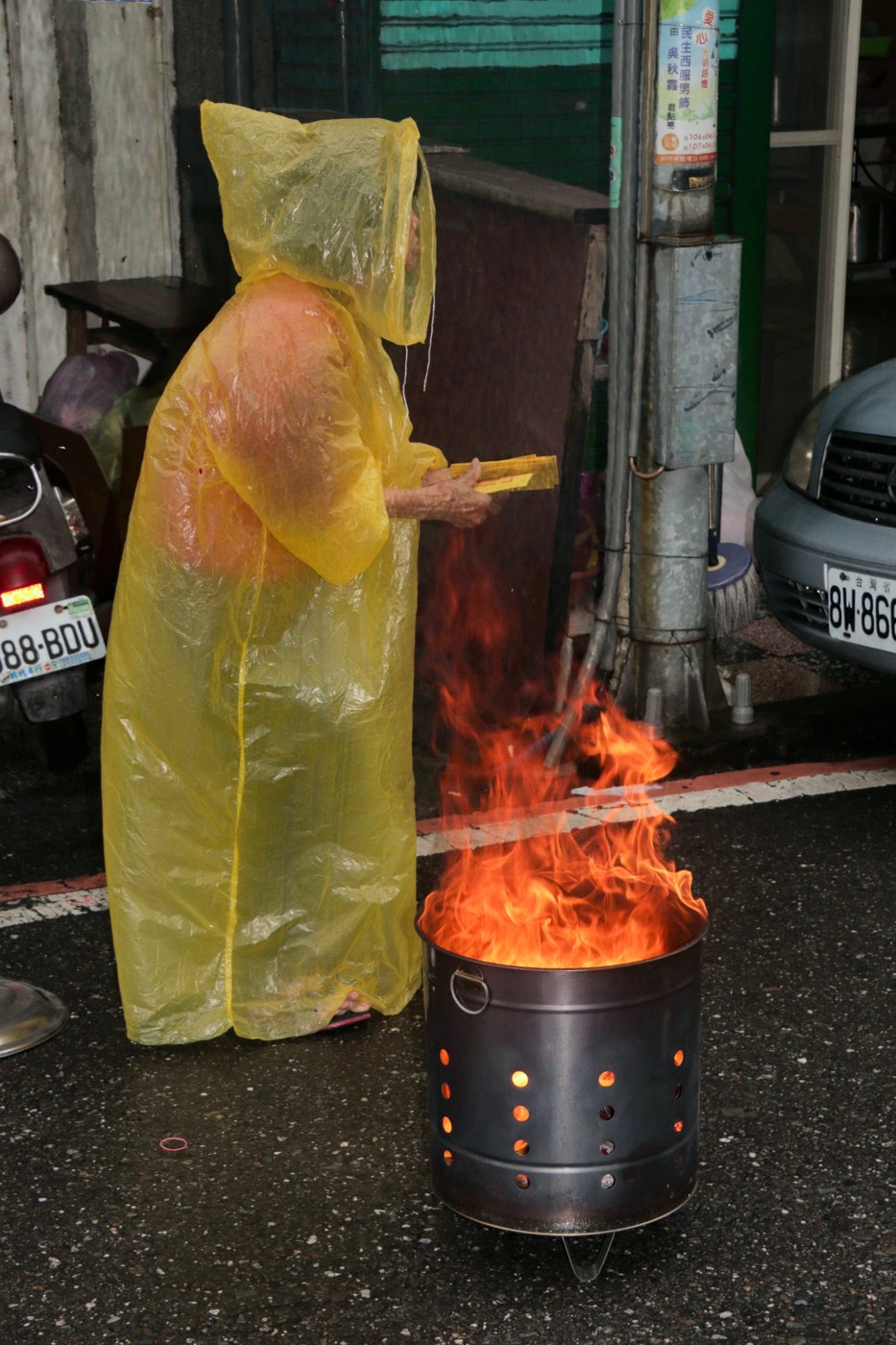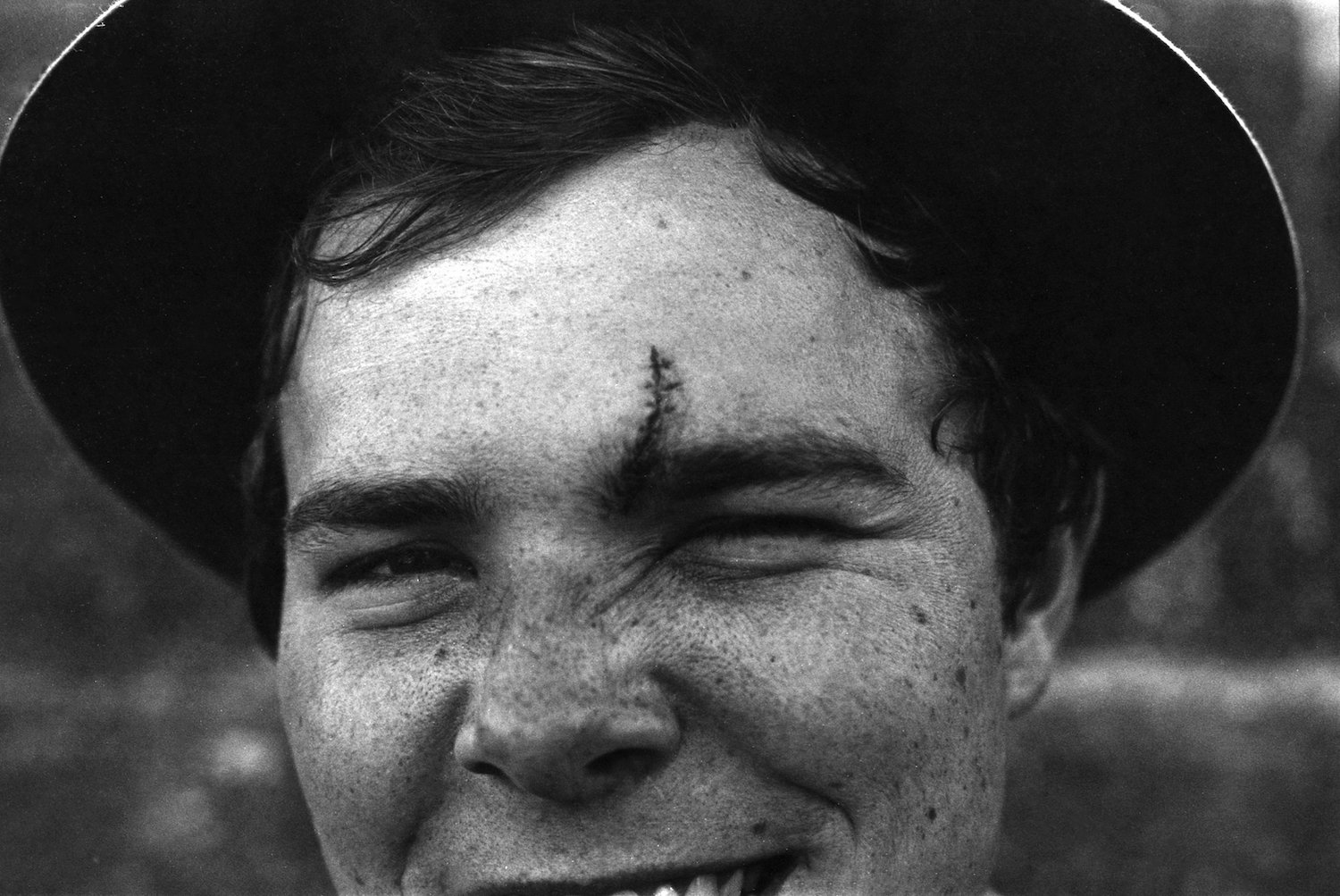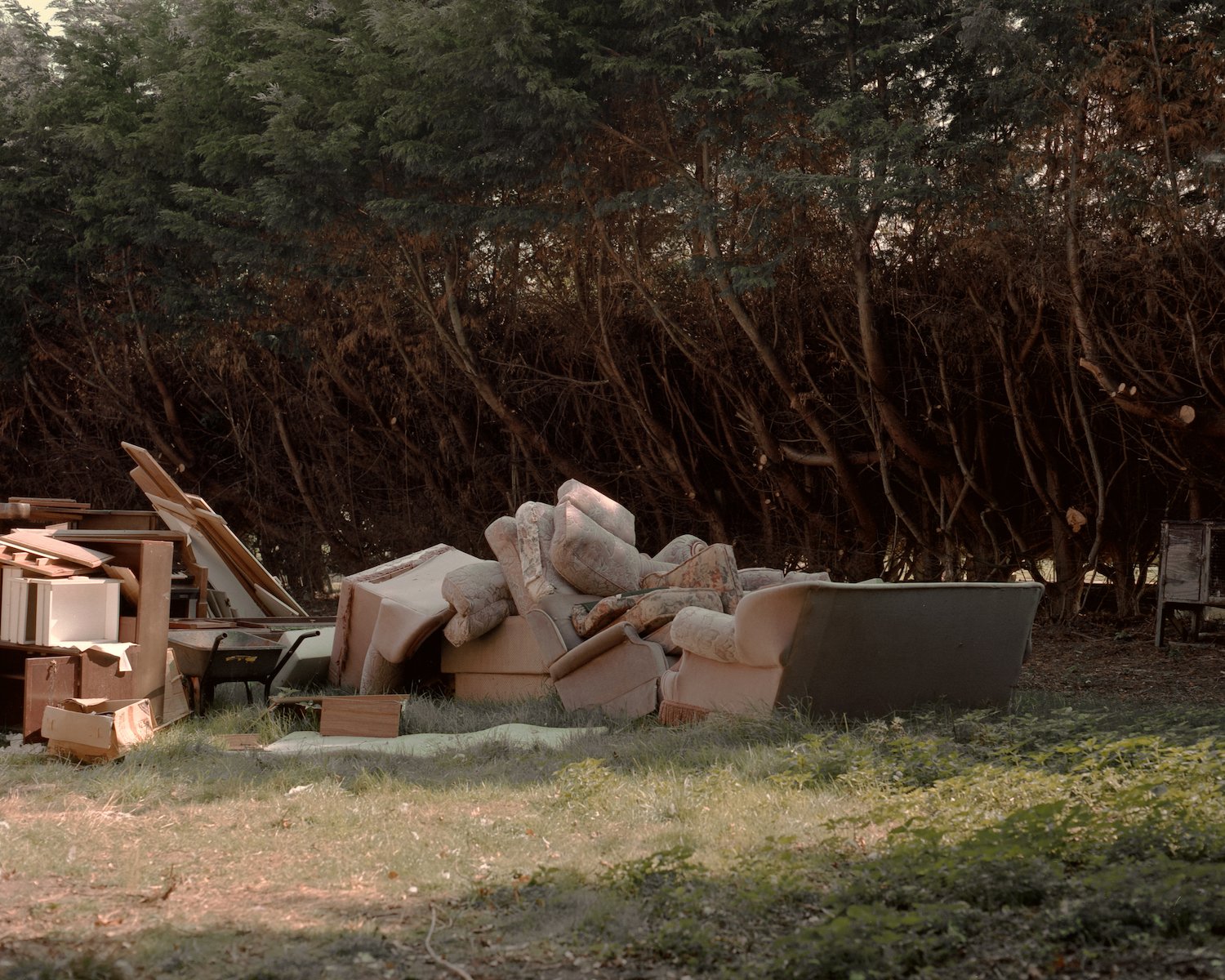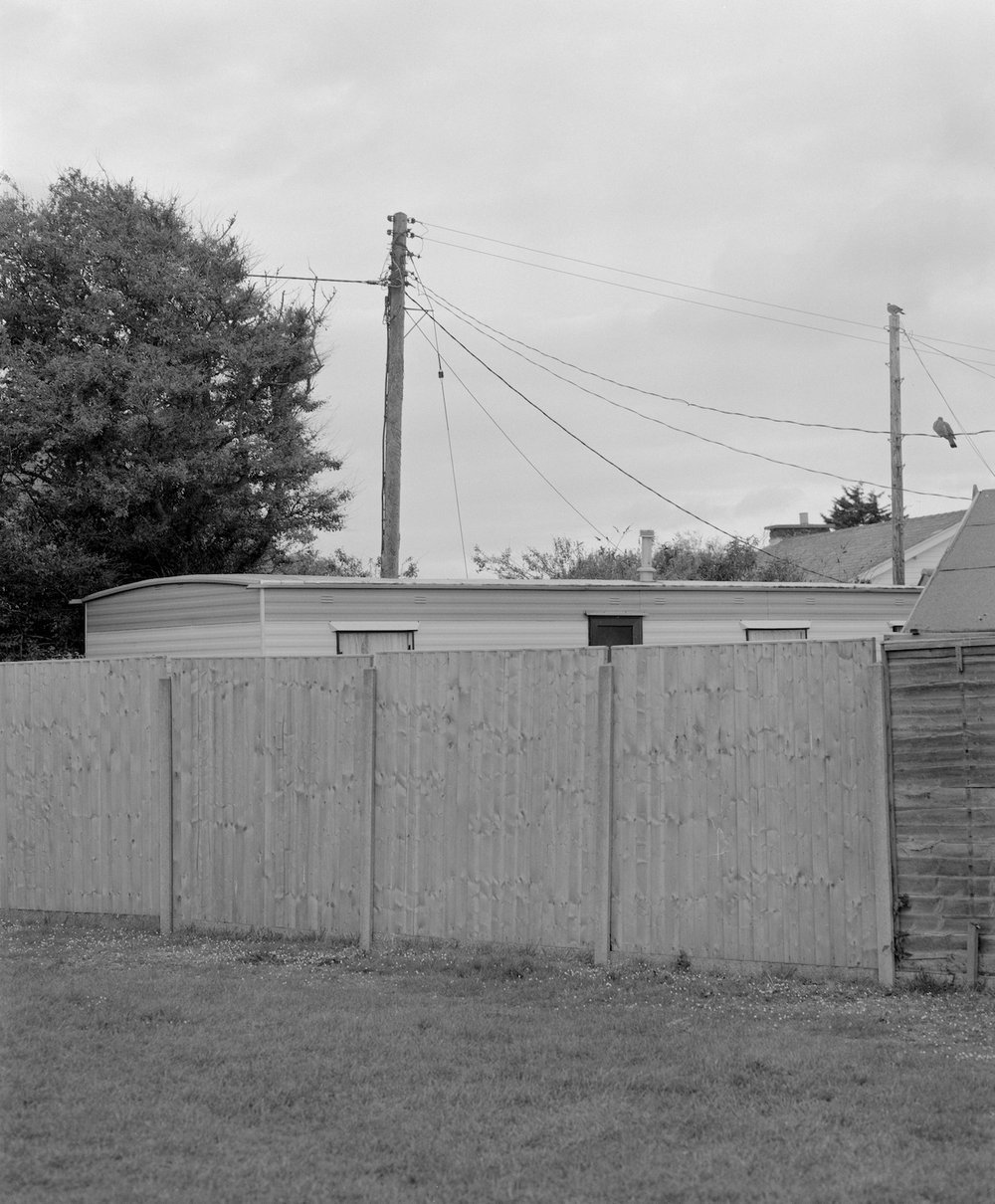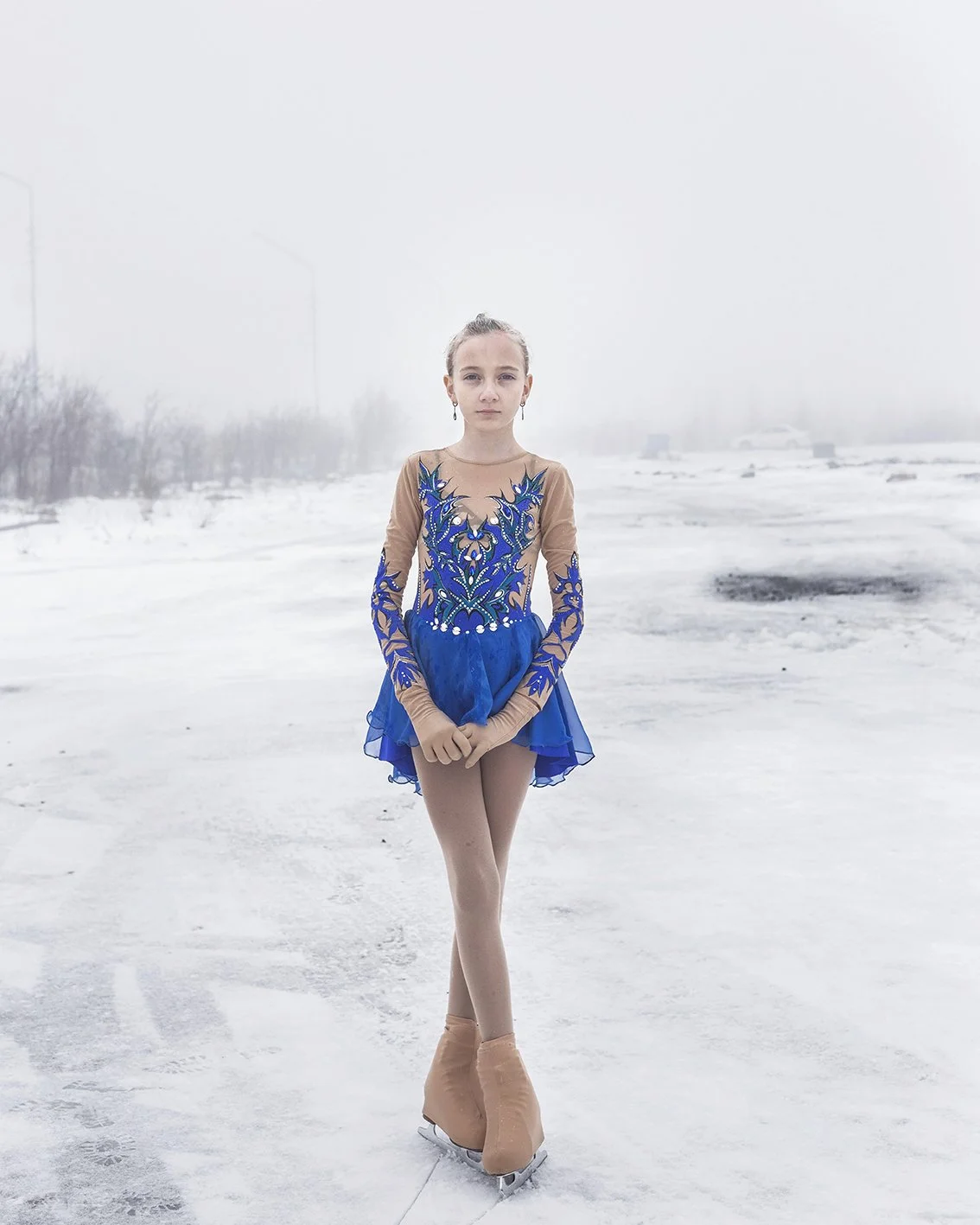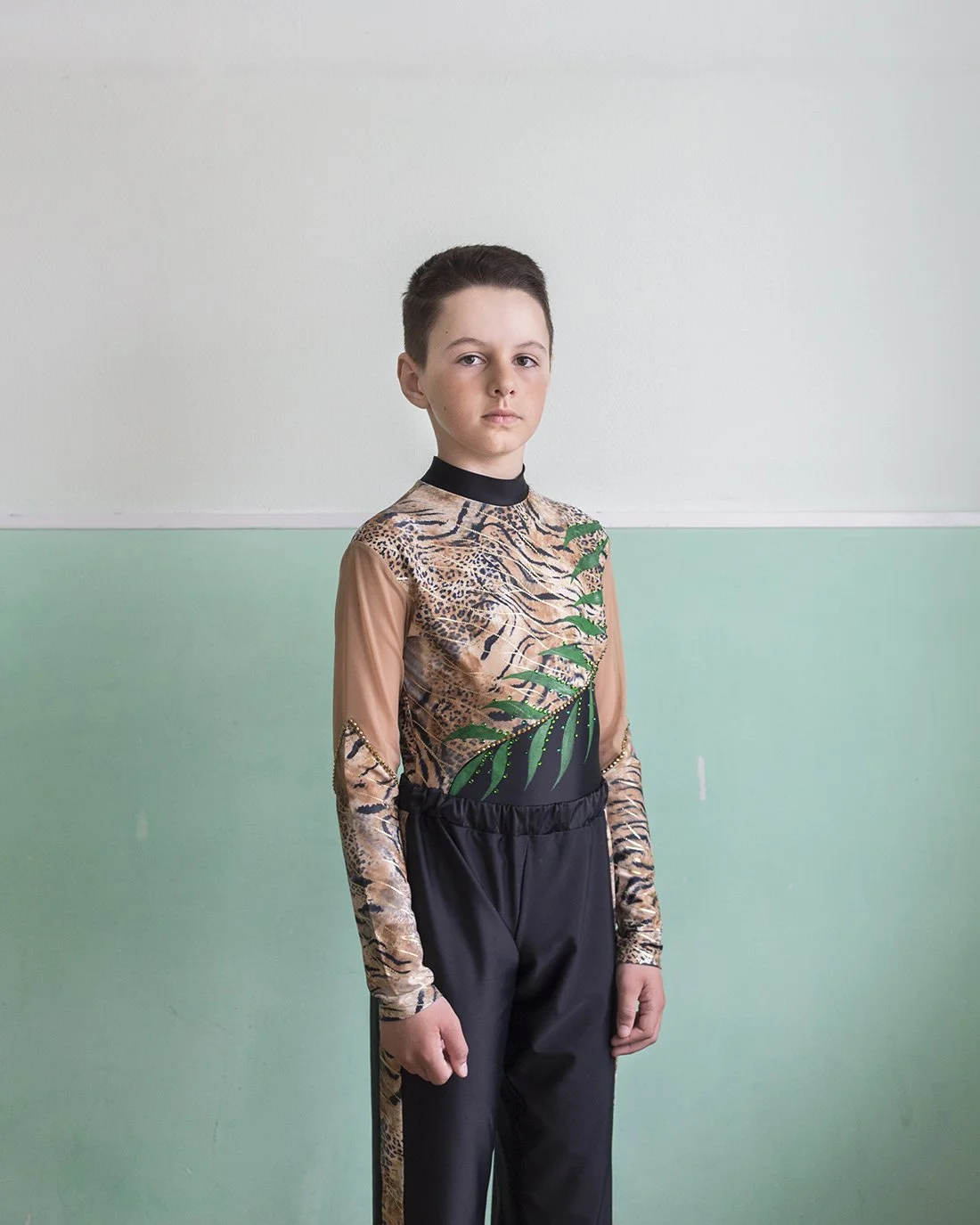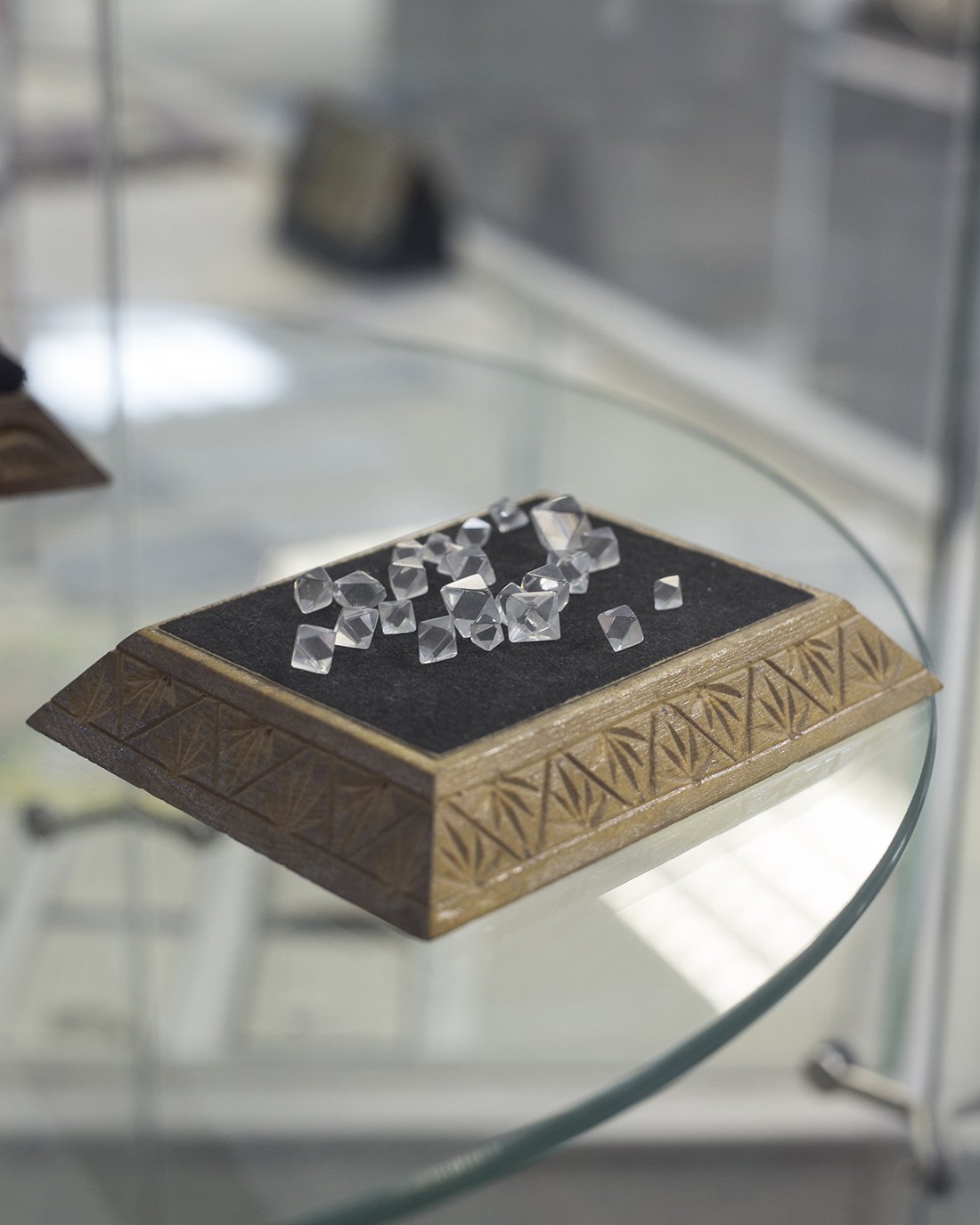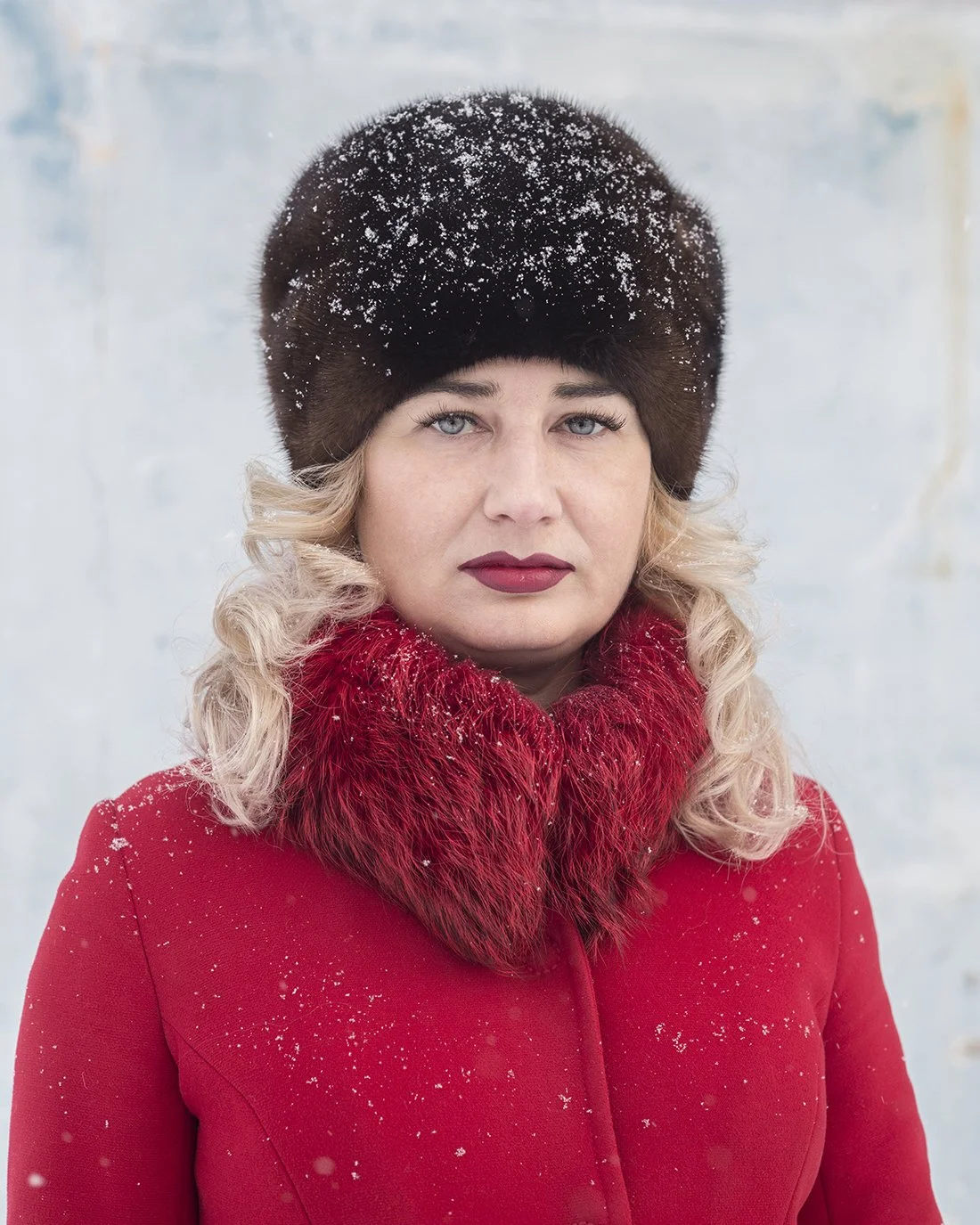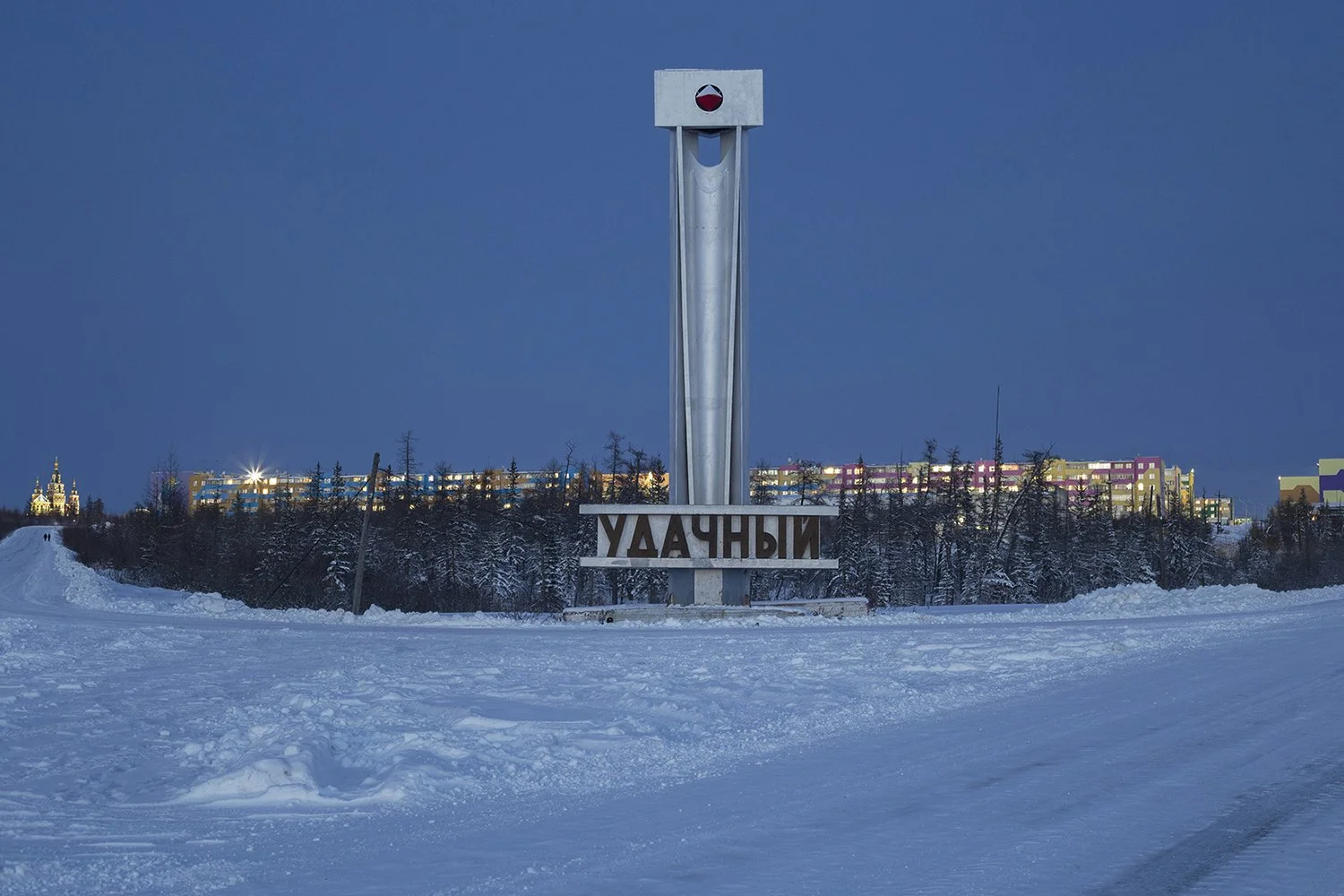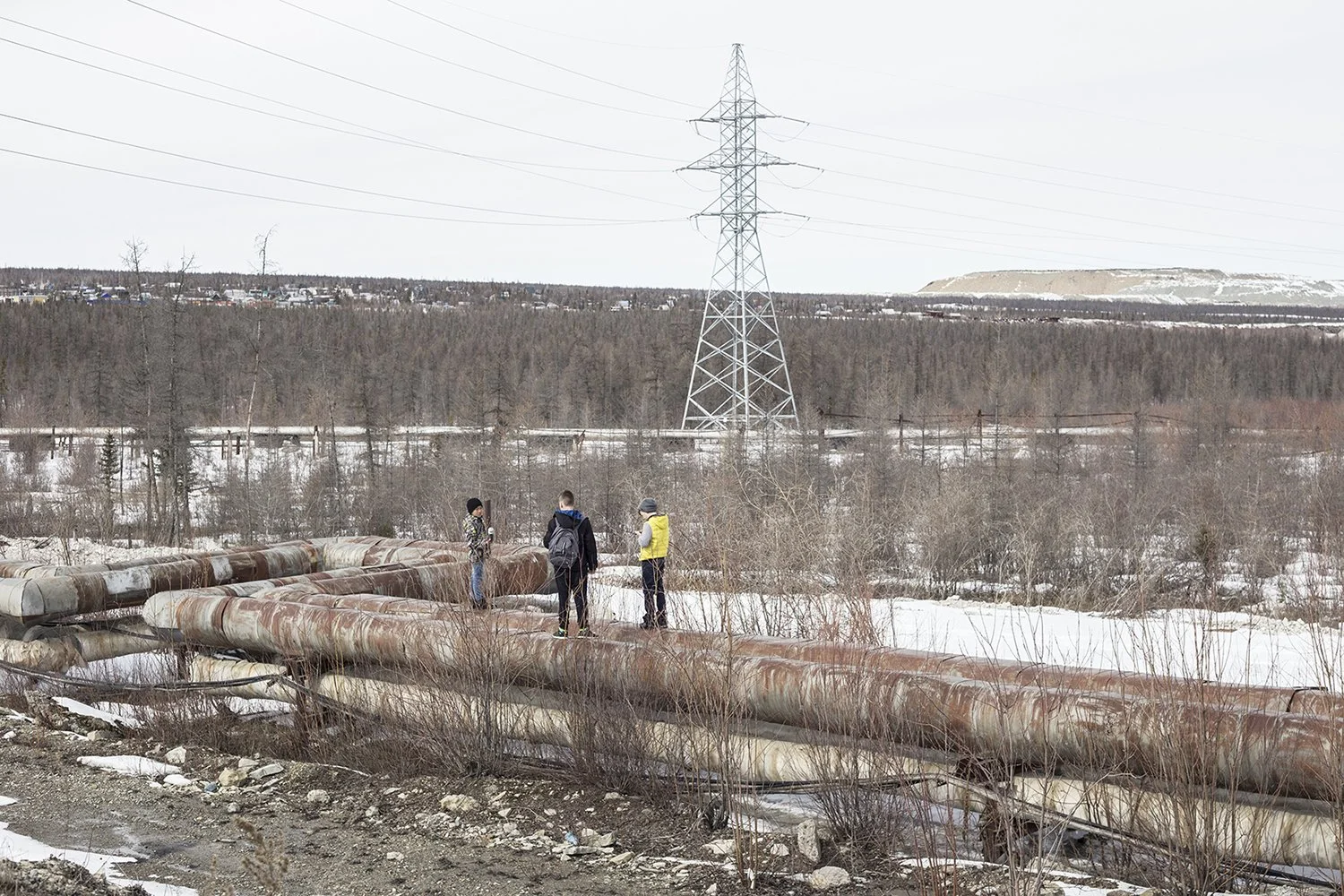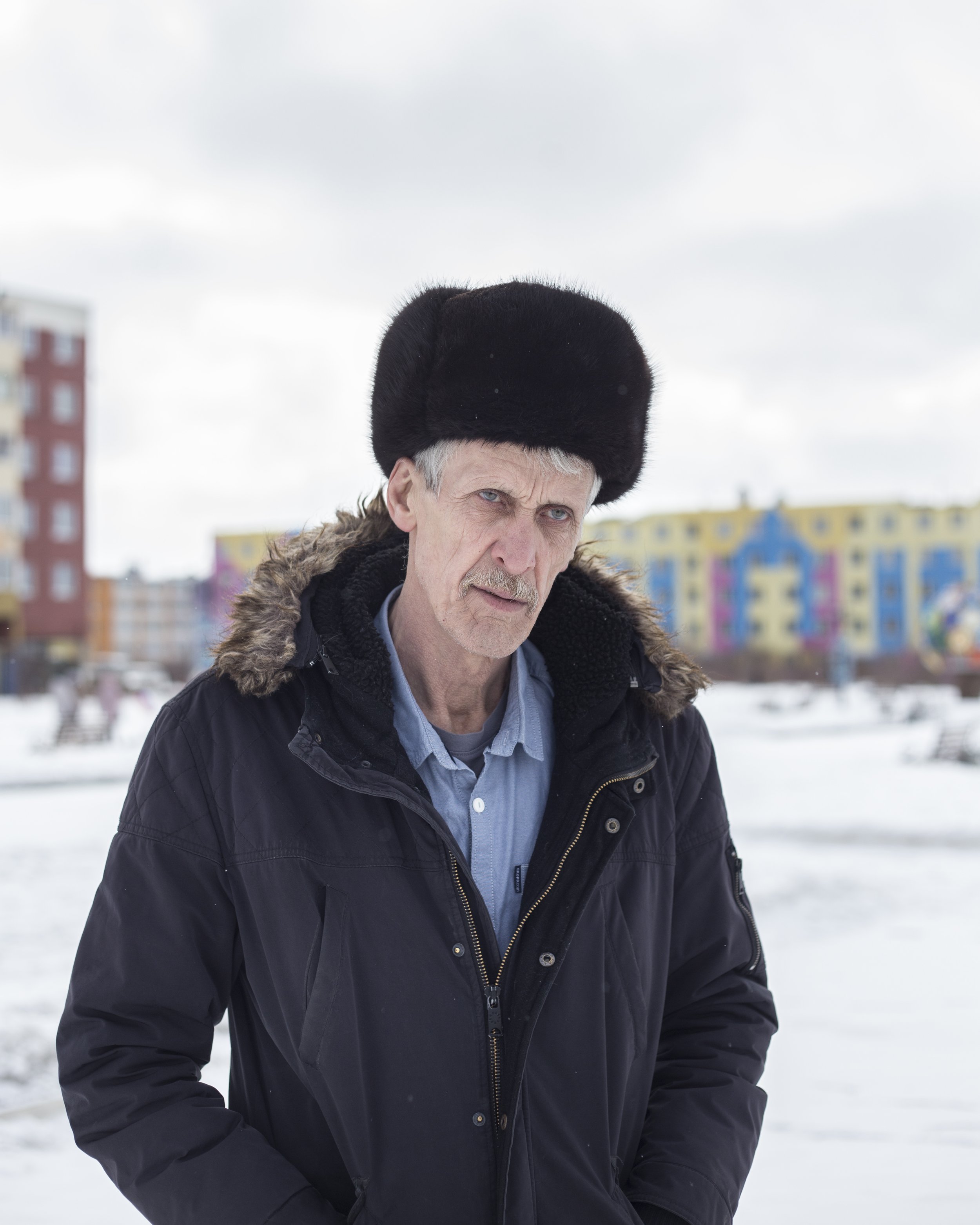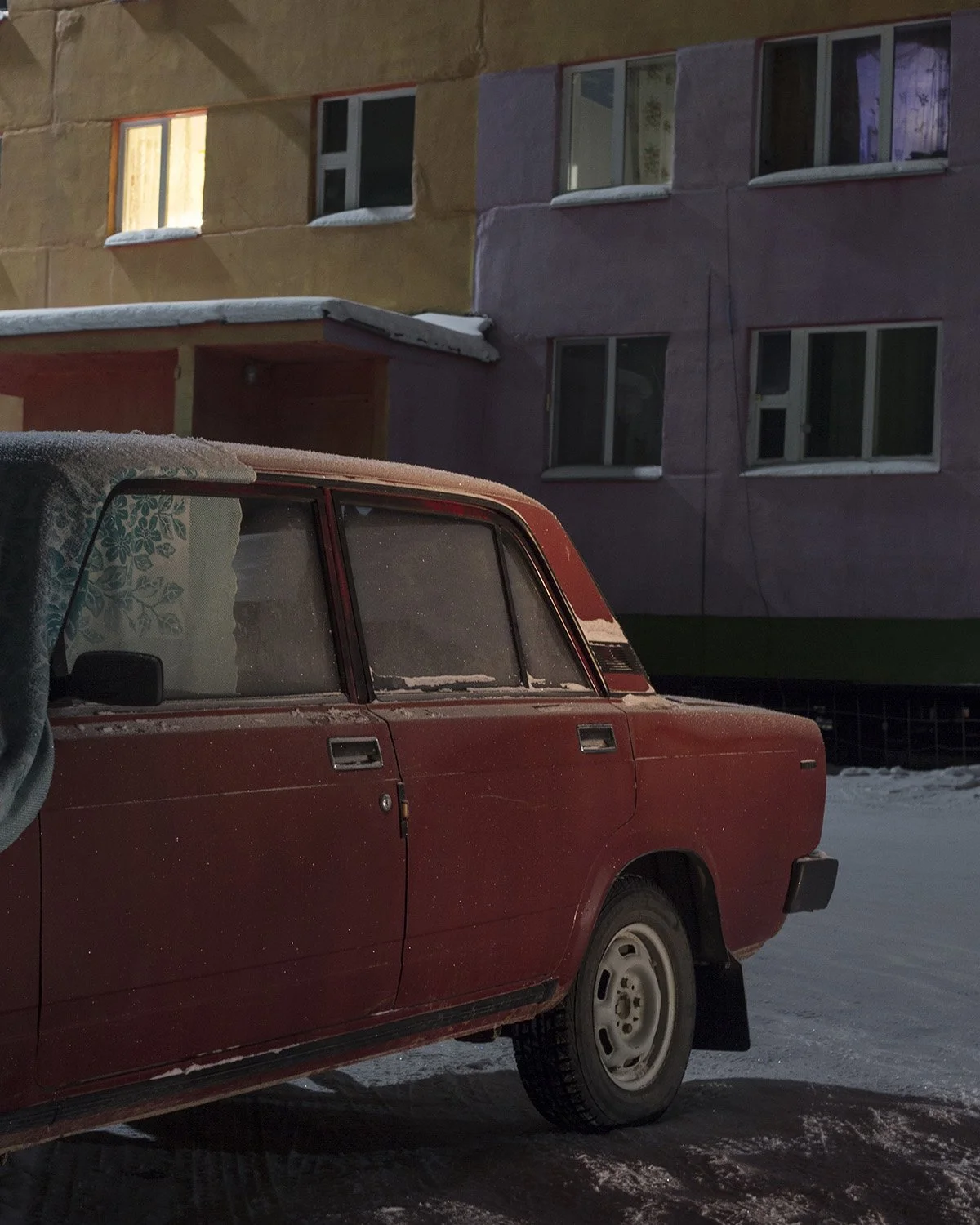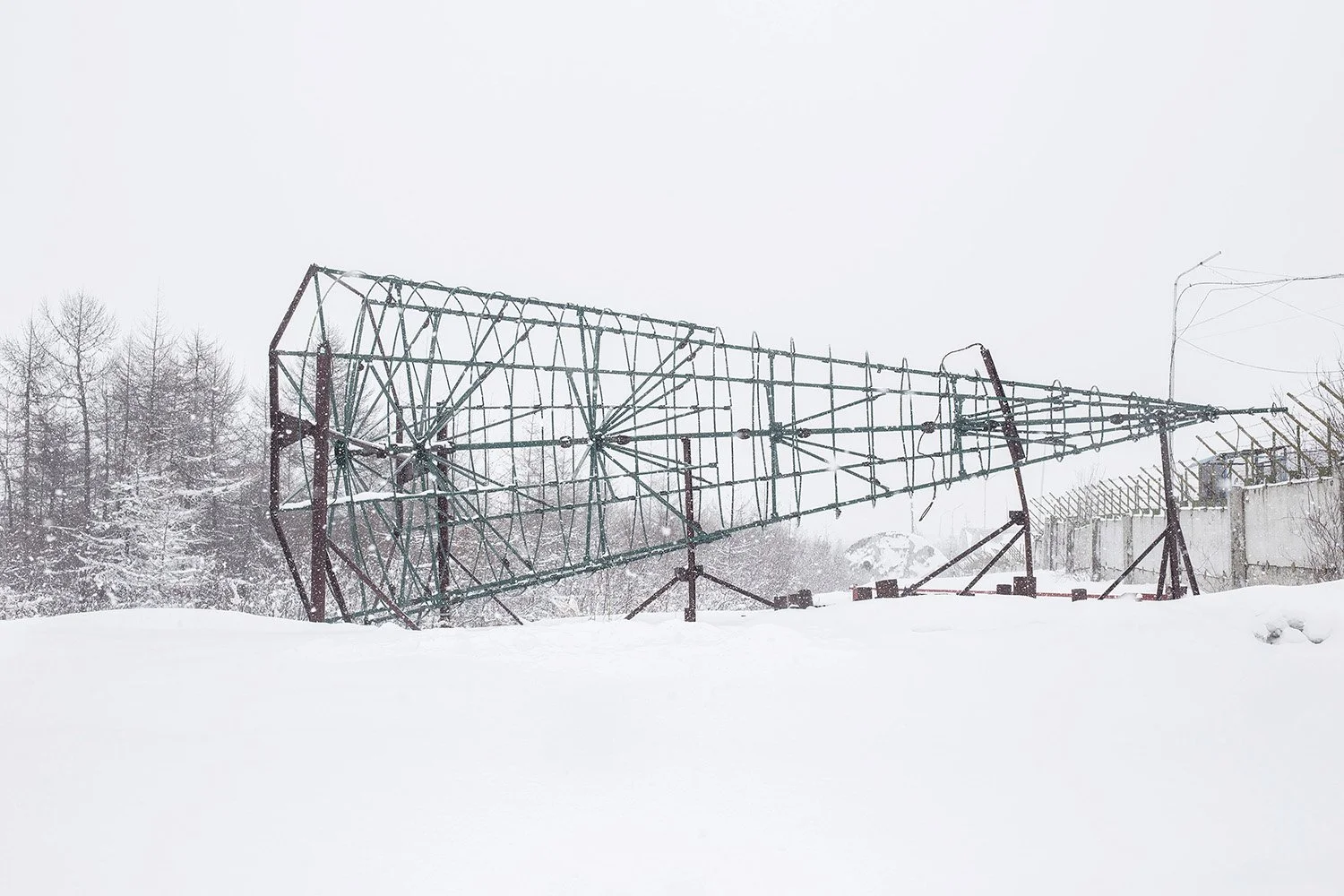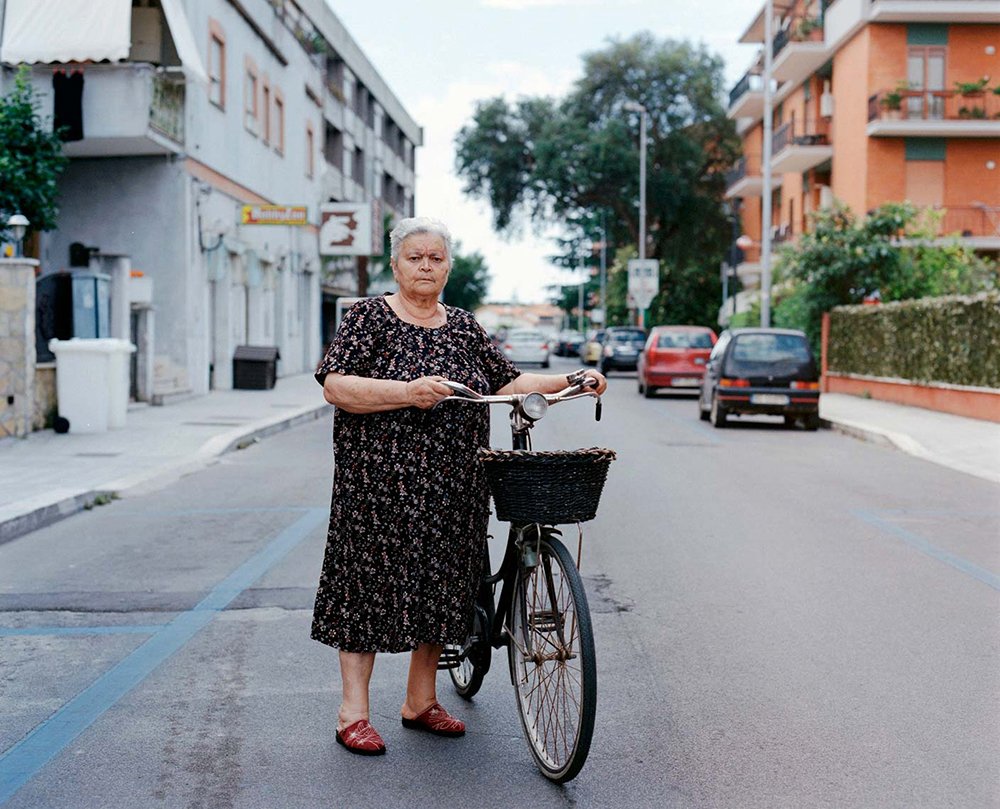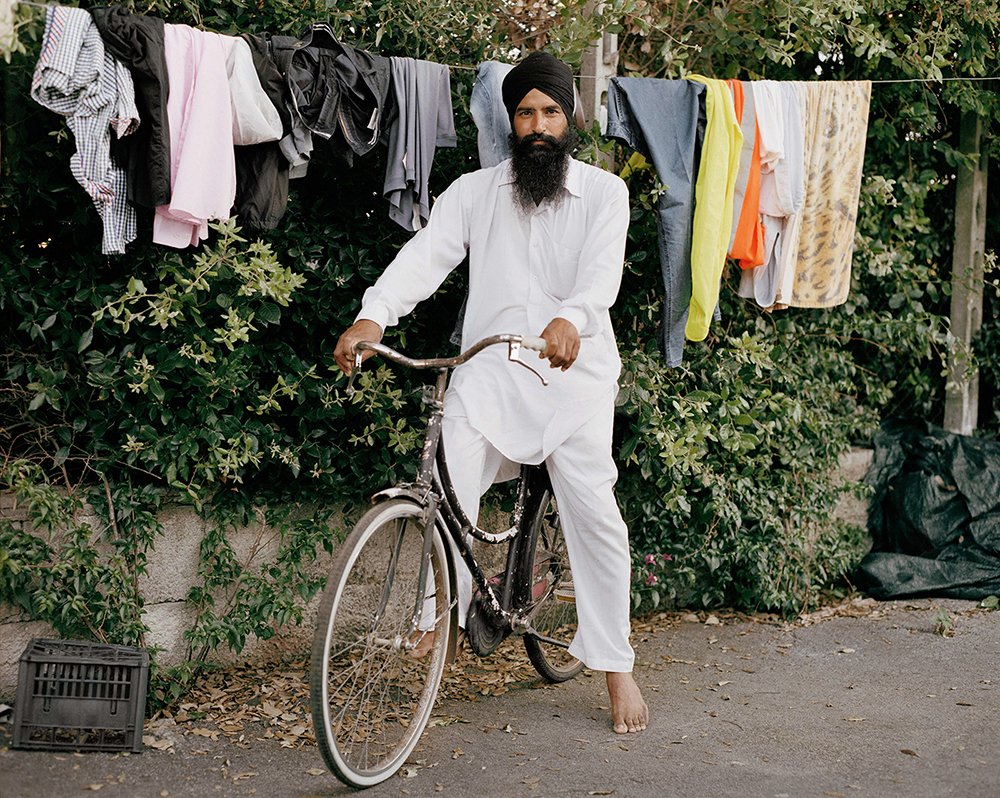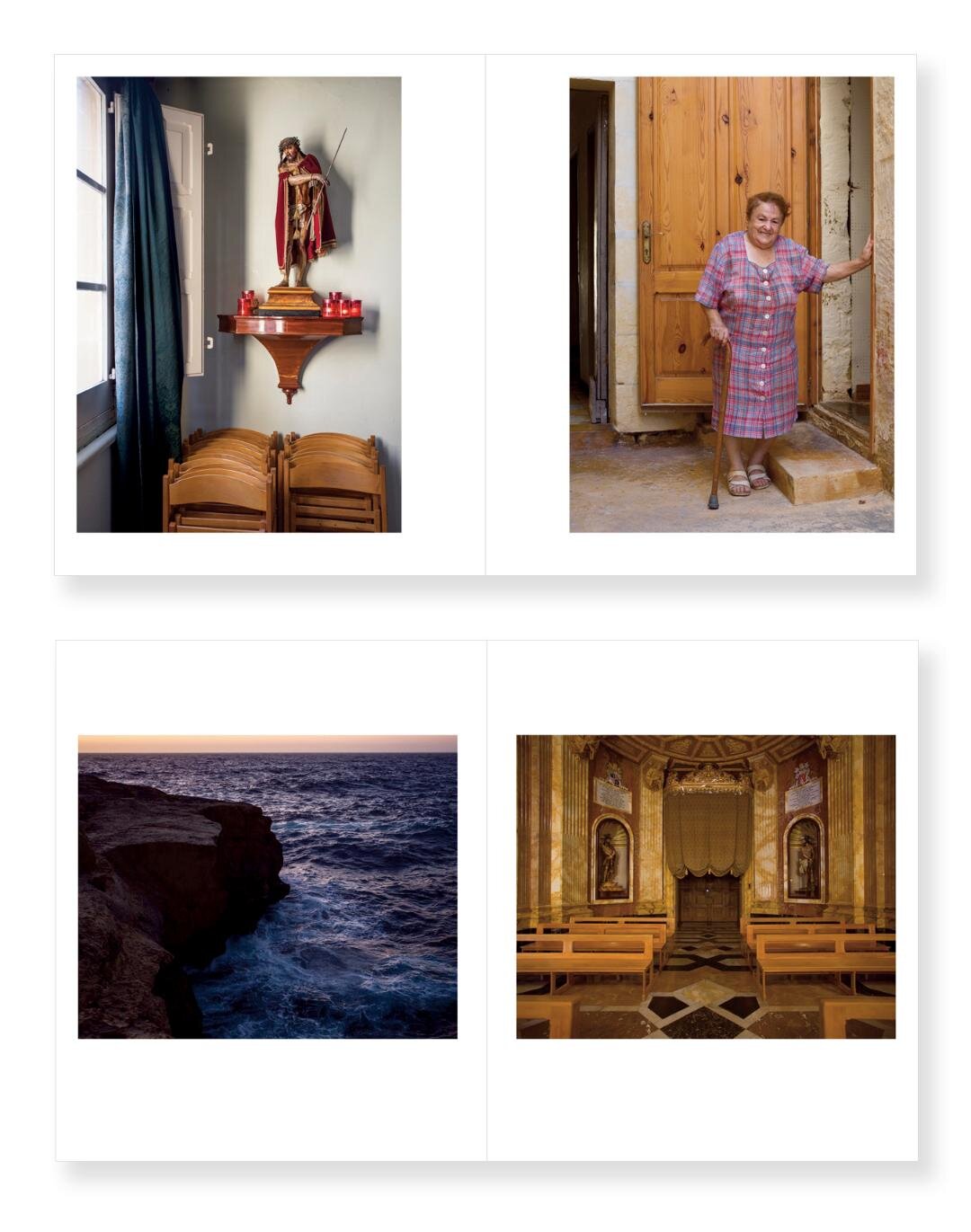Our new book Finland: The Happiness Project is now available to purchase at the wonderful Beyond Words. You can visit the bookshop here
Barry Falk in Docu Magazine
MAP6 Photographer Barry Falk has had his long term major project In Search of Amnesia featured in the latest edition of Docu Magazine. The work featured is from a trip Barry made to the Ukraine in 2019, which was part of a larger project documenting the small Jewish communities that still exist in the Kyiv region.
The images presented are from a documentary project, which I began in 2017 and completed in May 2022. These images are portraits from Ukraine, taken in November 2019, and are part of a larger project.
In Search of Amnesia is a long-term documentary project looking into the Jewish narrative in Poland and Ukraine. The project is concerned with memory; specifically, it is concerned with how Jewish memory is held in places that suffered atrocity and immense loss. The title of this project refers to a state of trauma: amnesia refers to repressed memories, searching for amnesia is akin to the process of being inextricably drawn to this deep sense of loss whilst at the same time unable to fully revisit the site of original trauma.
The images occupy this psychological space: the push pull between the horror and the wish to rectify history. In November 2019 I returned to Ukraine, this time concentrating on the Kyiv region, formerly part of the Russian Empire and the Pale of Settlement, a region that stretched from the Baltic Sea to the Black Sea. This region had for centuries, despite numerous pogroms, been a haven for Judaism and the centre for European Jewish settlement. Ukraine’s cities, towns and villages once held sizeable Jewish populations active in trade, commerce and politics.
Ukraine is still culturally and religiously significant to Jews: a major pilgrimage site for Hasidic Jews. This layering of history is crucial to the understanding of Ukraine, and of Eastern Europe in general, and is the contextual soil in which this project sits. The images presented were all taken in the Kyiv region. There is talk of a Jewish revival within Ukraine, with new communities growing in the large urban areas, such as Kyiv and Odessa, however in the rural areas there is a fast declining Jewish population.
My return visit to Ukraine, planned for 24th May 2022, to travel areas east and south of L'viv, reaching down to the Carpathians, was cut short by Russia's invasion of Ukraine, flipping Europe onto its back. Many of the places I had visited, people I met, have been caught up in the ensuing war.
The work features in the May edition of Documentary Magazine, vol 3, issue 5, which is currently available to purchase: @docu.magazine
MAP6 - New Publication
We are absolutely thrilled to announce our new photobook Finland: The Happiness Project. Featuring work by Richard Chivers, Rich Cutler, Barry Falk, Mitch Karunaratne, Chloe Lelliott, Raoul Ries, Heather Shuker, David Sterry and Paul Walsh, the book explores themes around the United Nations’ World Happiness Report, which in March 2022 ranked Finland as the most content nation for the fifth year running. The book includes over 100 images, an opening essay by best selling author Katja Pantzar, author of the The Finnish Way and Finding Sisu, and an introductory text by Danny Dorling and Annika Koljonen, authors of Finntopia. It is available alone, or for a limited time only with a A4-size archival C-type print.
We very much appreciate your support in buying the book, so we can continue to fund our further projects. Purchase a copy now from our shop.
Book details:
128 pages on 170gsm silk paper
254×210mm
Full colour throughout
Perfect bound softcover with front and rear gatefold flaps
Essay by Katja Pantzar, author of the The Finnish Way and Finding Sisu
Text by Danny Dorling and Annika Koljonen from the book Finntopia
Guest Feature - Tommaso Rada
Since the creation of the European Union (EU) one of the goals has been the unification of different countries belonging to the EU and the abolishment of the frontiers between these countries. The Schengen treaty stipulated in 1985 has aimed to gradually create an EU without borders, and in 1990 the Schengen Agreement finally eliminated the borders between European countries, allowing the free movement of people across several European countries and the abolition of internal border controls. In the last decade separatist movements grew up all across Europe, the economical differences between the European countries increased, the foreign politics aren’t common for all the countries, and in a period in which Europe should consolidate its union new obstacles and challenges have appeared. The domestic borders of Europe, now – after the Schengen Treaty and with the European unification — are gone. Just mountains, rivers and imaginary historical lines, are what is left: a liquid frontier between apparently distinct countries.
The rivers, mountains and history trapped in these places define the communities, the interaction and the contact between the people of two neighbouring countries, where the territory and the communities shape reciprocally around a specific space – physical, human and cultural – that get dissolved in the same rivers and mountain places that divide them. Empty of its political value, from a strange limbo made of controls and checkpoints, the domestic borders became just a line on a map. The emptiness of the frontier, that should be filled with new life and dynamics after the unification, get reflected in the territory, and while the world around is changing, on the border the space is assuming a proper physiognomy. “Domestic Borders” became a route where each photo is a stop on the way, not searching for answers but interrogating the social reality, the relations between habitants, the territory and the meaning of Europe today. “Domestic Borders” is a dystopian portrait of the relationships between and across the borders, showing the challenges of living in a unique space.
Tommaso Rada is an Italian photographer currently living in São Paulo, Brasil. He is a documentary photographer working on socio-economic issues. His projects describe society, aiming to question rather than look for answers. His work has been published in several magazines and newspapers such as The Financial Times, Der Spiegel, Monocle, Popoli, The Washington Post and Forbes Brazil. He recently collaborated with Unicef Mozambique, Comunità di Sant’Egidio and Habitat for Humanity Portugal.
MAP6 In Discussion for Biblioscapes
MAP6 members Barry Falk, Paul Walsh and Richard Chivers were recently in discussion for an episode of the Biblioscapes podcast. You can listen to them discuss the publication The Isolation Project as well as the inner workings of the collective and some of their favourite books.
The Isolation Project has also been featured in the Bibliocapes library. Many thanks to Euan for the discussion and the feature, which you can check out here.
Guest Feature - Tessa Bunney
We are a nation of farmers, of gardeners, of flower lovers and our cut flower industry is worth 2.2 billion pounds a year. Flower farms were once a familiar feature of the British countryside, but were gradually expunged by industrialised growing methods in the 19th century and then globalisation in the 20th. In the series The Flower Fields (commissioned by NEPN as part of Observe Experiment Archive) I worked with traditional Lincolnshire mixed rotation family farms and larger commercial flower growers around Spalding in Lincolnshire, one of the UK’s major cut flower growing regions, to explore how technology is changing how we grow flowers in this country.
These larger commercial growers mainly grow a handful of different flower varieties on an industrial scale, often supplying to the supermarkets. They are pioneering the use of various technologies such as hydroponics (the growing of bulbs in a nutrient-rich solution rather than soil) and improved efficiency by the use of automated lines and optical graders. The series is located in South Holland, a rural district in the south east of Lincolnshire where man drained, reclaimed and enclosed nearly three quarters of a million acres of fenland beginning in the 17th century. By the late 1800s flower bulbs produced both for cut flowers and for sale as a dried bulb were a well-established crop in the Spalding area.
For over 30 years, Tessa has photographed rural life, working closely with individuals and communities to investigate how the landscape is shaped by humans. From hill farmers near her home in North Yorkshire to Icelandic puffin hunters, from Finnish ice swimmers to Romanian nomadic shepherds, her projects reveal the fascinating intricacies of the dependencies between people, work and the land. FarmerFlorist was recently published by Another Place Press as part of their Field Notes series, and in early 2020 her exhibition ‘Otherwise Unseen’, bringing together four series which explore various rural communities in Europe and South East Asia was shown at the Side Gallery in Newcastle-Upon-Tyne, Britain’s only documentary photography gallery. She is currently working on Made out of Orchards commissioned by the Martin Parr Foundation and Going to the Sand, an ongoing personal project collaborating with Morecambe Bay fishermen both of which will be exhibited in 2022.
Guest Feature - Oliver Raschka
SHELTERS is a typological documentation about the temporary and individually erected dens of old wood during the pandemic. Already at the beginning of the pandemic, I noticed the numerous and newly constructed above-ground dens made of old wood. I photographed these various constructed buildings during my daily and long walks around my house through the nearby forest at the outskirts of Stuttgart, Germany. All photographs were taken within a three mile radius. Many of these dens are not located in a light-flooded forest meadow, but hidden like small shelters between trees and dense bushes. Some of them are only one meter in height combined with a very low entrance, while others are up to three meters high and rise out of the dense thicket like tipis. The main material consists of beech, maple, ash or oak trees. They vary in structure and design. Some are built very solid with a basic knowledge of architecture, while others did not withstand any storm.
Young teenagers, but also parents with their children, have built them in hours or even days. In a time of drastic social change and severely limited social contact opportunities, these newly created places provide small oases of calm, reflection and distraction. Time due to the absence of the usual leisure activities, the home office, and homeschooling is plentiful. The new discovery of the nearby forest is therefore a good opportunity. The dens represent small havens for a few hours in a serene world. Throughout the history of mankind, people have sought shelter in the forest during tense times. Over time, the shelters have been expanded or parts of them have been used for other shelters in other places in the forest. Now after two years of pandemic and the relaxations in force again, these transient shelters seem to have had their time. The forest makes the ephemeral constructions its own again.
Oliver Raschka studied and holds a doctorate in the field of behavioural economics. This helps him to capture the dynamics and specifics of social relationships in his photography. For many years, the photographic autodidact has been dealing with the subject of family and the search for his own identity, among nature and other things, in documentary format. He loves black-and-white photography, coffee is the drug of his choice, and loud rock music is what he likes. A first book documenting the lives of his sons over a period of ten years was published in 2020 via BUMMBUMM BOOKS (Cologne). He lives with his family in Stuttgart, Germany.
Aaron Yeandle Turpentine Podcasts
The Turpentine Galleries Podcast was founded in 2020 by the artist Sally Ede-Golightly. All episodes feature a guest artist that selects three works of art that are important to their practice. One of the choices must come from their own body of work providing an opportunity to discuss their artistic journey and inspirations.
Joschi Herczeg
Series one featured artists working in and around London who were chosen and interviewed by Sally Ede-Golightly. Series two features a selection of artists with studios in Switzerland who were chosen and interviewed by MAP6 photographer Aaron Yeandle. Aaron first got involved with the Turpentine Galleries Podcast when he was invited to be on the first episode in series one. For series two he was responsible for delivering, interviewing and organising four episodes.
Bentt Bengtsson
The Motivation behind the Turpentine Galleries podcasts are to explore and investigate the journey of an artist and what inspires, influences and drives their practice. Furthermore, to inform and to learn from these inspirations and experiences.
Peter Tillessen
Guest Feature - David Bard
The building frenzy and the amount of fast construction that characterises our environment today is questionable. Today's modern man is constantly in search of quick gratification. The gaze of our commercial society is content with an illusory perfection that promises us instant satisfaction. The idyll of this world dominated by sensationalism, which relentlessly fuels our desire, then represents a reduced décor of the complexity of our environment. So we live surrounded by places that flaunt their brazenness without restraint and remind us of their limitations through so-called enticing artifice. Day after day, this race for the extraordinary leads us away from what really makes our cities, our villages and our landscapes: the insignificant. If we disregard this false cosmetic beauty, the marginal is revealed as the raw material of our surroundings. Invisible and transparent, ordinary and banal, the trivial is raw and crude because it is honest and perceptible. We quickly turn away from it and show no interest in it at all. And yet we very rarely become aware of the importance of its role as an essential part of our daily lives or even try to understand the extent to which the trivial is the basis of our social, cultural and urban structures. But beyond this conformist rigidity, which tends to reduce our perception of reality, shouldn't we embrace a new ambition that, precisely through the bland and the ordinary, can produce things that are surprising and extraordinary because they are precisely unsuspected?
The industrial area was built for a sole purpose: to serve us. Both connected to and isolated from the environment in which we live, this landscape, greatly altered by the hand of man, hides behind its strict fences the aggression and power that characterises it. Well protected from any intrusion, an industrial area thus hardly lets the ruthlessness of its buildings shine through. Marked by the rationalisation and efficiency of its activity, an industrial area loses this coolness and sobriety as soon as the beginnings of a new use makes themselves felt. Nature takes over its ancestral place again and begins to expand, new values are gained or space is solemnly made for the city once more. Within these barricades, spaces emerge that are expressions of raw crudeness, whether through the huge, oversized scale of the buildings or the almost inhuman vastness of the surroundings. At night, these vast, endless expanses evoke a sublimity of absolute silence, but during the day they seem wild and terrifying. Whether they are fragile metal halls, monstrous steel machines or raw materials waiting to be transformed, they inspire us with their outrageous beauty. The astonishment of this fact, which at the same time evokes a feeling of fear but also of a great respect, makes us reflect on what we have always overlooked.
A bird's eye view is abstract and unusual. It distances us from preconceptions and arouses our curiosity because of this new possible overview. This vantage point over an isolated industrial fortress offers an extraordinary opportunity to immerse ourselves in its intimacy. Through the complexity of these installations, we discover the immediacy of their clustered arrangement, which can evoke wonder at a modest but striking honesty. These examples show quite concretely how much the value of a subject depends only on the eyes of the beholder. And no matter what the nature of the subject, the splendour of an earnest and modest richness is just waiting to be brought to light under attentive eyes.
David Bard is a young Swiss architect. In 2019, he founded his own office, called BARD YERSIN architects, together with his partner Thibault Yersin. His photographs are a continuation of his theoretical and architectural research on the brutalist ethic, questioning our relationship to the founding elements of the art of a building. For him, photography is a way of revealing the expressive force of his reflections on raw material and immediacy. The series The Hidden Face was exhibited as part of "Primal: the interest of disinterest", in January 2022 at the Musée du papier peint in the Château de Mézières. The plan was to show a world frozen in superficial landscapes in a new perspective and to convey the fascination that comes from discovering forgotten and disreputable territories. Prejudices are refuted by the clarity and exactness of the photographs.
Guest Feature - Sebastiaan Franco
Anásha is a word that has different meanings and ways of writing, depending on where you are in Ireland and who you’re with. Roughly translating as ‘immediately’, it’s a word used to make someone pay attention to what’s happening around them. It might be used to point out a person or a situation that is out of the ordinary. The term comes from Gammon, a language only spoken by the Irish Travellers, invented after the Cromwellian settlement of Ireland in 1649. During this time land and homes were repossessed. And to escape British rule a part of the Irish people turned nomadic. While on the road they developed their own cant, a mixture of Gaelic and English to communicate with other traveling families. They were named ‘an lucht siùil’ or ‘the walking people’. Supposedly that’s where this culture started. They would travel around the country, selling wares or work for farmers before setting off again. Like most outsiders they were not welcome everywhere and got different names over the years. Pikeys, knackers, gypsies, vagrants or Travellers, with the latter being the official name now.
Around the 1960s the Irish government started group housing schemes where Travellers moved into permanent housing. They called it ‘the assimilation agenda’ which was aimed at integrating the community into society. Councils started building inexpensive hut-like accommodation, first Labre Park near Ballyfermot, then Avila Park in Finglas, hoping that by offering social housing they would finally settle. These accommodations were mostly located in impoverished areas around big cities, forcing them to integrate in a society they tried to avoid for generations.
This didn’t work as intended and instead of Travellers finding their place in general society they became more and more involved with the so-called ‘undesirables’ of the settled community. This led to criminality, violence and even addiction with younger generations. The past few years a few initiatives have been working with local families to promote education and fund housing for families that settled in the outer suburbs of Dublin. Working together with the Finglas Traveller Development Program and Dublin City Council, I was offered an audience with president Higgins, which was also a chance for representatives of the site to have an open and honest discussion with policy-makers.
I’ve lived with the Collins and Keenan families in Finglas for over two years. First as an outsider but through spending months and months with them I slowly became part of the family. I left Dublin due to family matters in 2019 and was not able to travel the year after of course, but I rejoined the families for a while during the summer of 2021 to continue photographing and writing about their lives, with more trips planned in 2022.
Sebastiaan Franco graduated from the MA Photography program at the Royal Academy of Fine Arts in 2019 with a self published book on two years spent living with Irish Travellers. During his studies he worked on assignments both in Belgium and abroad. He also self published his BA project about hooliganism culture in his city of Antwerp, Belgium. After graduating he spent two years working as an interior/architectural photographer for various agencies. At the moment he works as a photographer for the Medialife production house in Hasselt and Aartselaar, pursuing documentary projects in his spare time.
Guest Feature - Daria Piskareva
This is a series of photos about the village where I grew up. I started working on this series in 2019. I was capturing in photos the area that I had known since childhood, the life of our family. It wasn't until some time later that this series took shape into something coherent and meaningful to me - I tried to make sense of what home means to me. Probably many of us have to face this kind of reflection at certain points in our lives. In our youth, drawn by the new and unknown, we often dream of leaving home as soon as possible, finding our surroundings tedious. And it seems that it is only with age that one comes to understand how important it is to have a place that can be identified as home, finally accepting it in a completely honest manner, realizing also the underside of this sometimes heavy connection with all the imperfections of the surrounding reality. I am in this context no exception at all. Accepting this interconnectedness has inspired me and allowed me to look at things long familiar to the eye with renewed interest.
This is a small village in the South of St. Petersburg, Russia. I find a lot of space and beauty there, but of course what makes this place special is the relationship between the person and the environment in which you happen to spend most of your conscious years, which has also participated in your formation. The influence seems to be a reciprocal process. We sprout like trees, putting down roots, ourselves wrapped more and more tightly in memories, alone and together with our loved ones, becoming part of the landscape. We find traces of our surroundings, leaving our own traces around us.
Daria Piskareva was born in St. Petersburg. In 2011 she graduated from the university and got a degree in economics. In 2020 she won a grant to study at the school of contemporary photography Docdocdoc and in 2021 she finished the course Experiments in Contemporary Photography. Currently she works as an accountant and at the same time continues her personal photography projects. Daia lives in St. Petersburg, Russia.
Richard Chivers Wins Urbanautica Open
MAP6 photographer Richard Chivers was selected as a winner for the Urbanautica Open Awards 2020 in the category of Space, Architecture and Conflicts. You can read more about his selected project Passing Time in an interview with Steve Bisson on the Urbanautica website here.
Guest Feature - Lakshan Dharmapriya
Ilha Formosa was produced in early 2020 whilst visiting a friend on the small island of Taiwan. Whilst the lush coastlines and rugged mountains are undoubtedly picturesque, there is just as much beauty to be found in the faces of the people, the grit of the facades and the gusto of the storefronts. The island hypnotised me. The way you moved seamlessly through cities to beaches, from beaches to mountains, mountains to gorges, gorges through fields. The people change with the scenery, whether they occupy the skyscrapers, hillside hideaways or coastal shacks; and serve as a reminder that we exist within our surroundings. Ilha Formosa aims to highlight this relationship between people and their environment.
Lakshan Dharmapriya is currently completing an MA in Photojournalism and Documentary Photography at LCC. Over time his work has become an exploration of how humans situate themselves; how they interact and/or intervene with nature.
Guest Feature - Thom Corbishley
Spanning over a decade of photos, Normal for Norfolk begins at the photographer’s final visit to his family’s holiday home in the Norfolk village of Snettisham, aged thirteen. The series depicts subsequent visits to the surrounding towns and villages on the North Norfolk Coast that the photographer frequented as a child. The series takes its title from the derogatory phrase used to exemplify the historically perceived strangeness and backwardness of the county. The project began as an observation of English coastal communities, documenting the quirks, charms and contradictions of the seaside tourist destinations that once boomed in the nineteenth and twentieth centuries, now since in decline.
This social documentary approach has been fused with a biographical narrative, presenting the photographer’s long and changing relationship with the region and the people he associates with the area. Family excursions, drunken teenage weekends and professional trips capture the nostalgic rush of returning to the stages on which childhood is played out. In 2021, the project took on greater salience when the photographer’s sister, Rachael, who is depicted frequently throughout the project, died aged 29. In Normal for Norfolk, pastel paints are sun-faded, neon signs don’t burn as bright, and the heater-skelter seems smaller than it used to.
Thom Corbishley is a photographer from Cambridge and based in London. A keen photographer since his early teens, Thom uses his background in history and politics to make photos that examine and investigate ideas of Britishness and the English landscape. In 2019, Thom completed a Masters in Photography at the London College of Communication (UAL), and was the winner of the British Journal of Photography’s Portrait of Britain Award. In 2020, Thom was the youngest photographer to feature in Facing Britain, a major touring retrospective of British social documentary photography from the 1960s until its departure from the European Union. Alongside his creative practices, Thom undertakes fashion and commercial projects, producing work for a number of graphic design studios and clothing brands.
Guest Feature - Hanne Van Assche
In the far East of Russia lies a small mining town called Udachny. It is located in Yakutia, a remote region captured in the icy grip of winter most of the year. A frozen world of dense taiga and immense tundra zones and hardy pine trees. Few people choose to live here, but those who do are proud citizens. Yakutia is known as the treasury of Russia. It is one of the world’s richest regions in natural resources. According to Siberian legend, God once spilled a bag of earthly treasures over this part of the country. A thick layer of permafrost covers large reserves of coal, gas, gold and – diamonds.
The first rough diamond in Yakutia was discovered in 1949, transforming the Soviet Union into an important diamond producing country. Geologists scoured the vast territory, in search of this precious mineral. In 1955 they stumbled upon an exceptionally large diamond deposit. Its discovery was a stroke of luck. Since then, Udachny has transformed into one of the largest open-pit mines, reaching a depth of 640m. Mining is overseen by the Russian company Alrosa. Back then, workers travelled from every corner of the Soviet-Union and established a small settlement near the mine. This was the foundation of the town Udachny, and it continues to exist up to the present day. Today, the 12,000 inhabitants of this town are still connected via the mine. Alrosa expects Udachny’s production to last for at least another 25 years and continues to facilitate the lives of its workers. Even though a steady job seems to be the only motivation to live in this monotown, residents find more reasons to stay, often related to the strong connection they experience with nature and their fellow citizens. Isolated from the rest of Russia, Удачный truly feels like a world on its own. The hospitality and optismism of the inhabitants soothes the harsh climate. It is them who turn the scenery of a frozen and isolated world, defined by extraordinary contrasts, into a vibrant and colorful community.
Hanne Van Assche is a photographer who recently graduated as a master in photography at the Royal Academy of Fine Arts in Ghent (KASK). She obtained her bachelor's degree from photography at Narafi, Luca School of Arts in Brussels. Her work focuses mainly on social topics, with a documentary approach.
There is a book of her latest project 'Udachny' which is being published in 2022 by Stockmans Art Books. She is doing a presale through crowdfunding, where people can purchase it on her website.
Guest Feature - Benedict Flett
I became a bit obsessed with London’s waterways during the autumn lockdown. The canals of the East offered an escape from the claustrophobia of pandemic life and I took to running by them. I learned their names and interconnections and used the brief respite from restrictions in December to visit the Canal Museum near King’s Cross, housed in a Victorian ice warehouse. By this point I’d already become familiar with the Grand Surrey Canal, which for more than a century-and-a-half was one of south London’s most prominent topographical features. But since it was finally filled in 1974, its fate linked to the demise of London’s port, under pressures from containerisation, the canal has fallen into obscurity, little known outside of Southwark. Using old maps I found online, I plotted its erstwhile course and cycled down to Surrey Quays one cold morning to see what could work. Before too long, the route became like an old friend. I discovered that it passed through an almost complete spectrum of zones and functions, and that together they materialised the history of postwar London. It was all there: big money, decay and dereliction, work and leisure. I enjoyed the ritual of repeating this cycle every now and again, my eyes peeled for traces, remnants and commemorations.
At Greenland Dock, I met a man who explained the machinery for hauling barges onto land. He mostly spoke about politics, but it eventually transpired that he’d pulled a friend from the canal at the age of about twelve, an act of bravery which apparently made the papers. I was astonished. It was event just like this which triggered the final draining - and he seemed about the right age. Either way, it occurred to me then that there’s a whole human history of this lost waterway waiting to be documented, while there are still those who remember it. Inscribed onto slabs along the central path of Plough Way, a recent development near the canal’s end, is a poem which honours the dockers and ‘watermen’ who for generations plied the canal from Rotherhithe to Camberwell. Their names are ‘long forgotten’, their stories lost to time. It’s hard to separate such gestures from the designs of those capitalising on industrial heritage. But my ambition for this project became to concentrate the vestiges of the Grand Surrey, to bring them together in one place, so that, at least for my own sake, it could be made a little tangible once again. As such, the photographs are sequenced linearly: spatially coherent but temporally intermingled.
Benedict Flett is a photographer and writer from London, currently living in Hackney. His interests range across networked photography, satellite imagery, political aesthetics, critical theory and the post-Soviet space. His work so far has mostly focused on exploring manifestations of ideology and discourses of progress on landscapes and the built environment. He studied Politics and Sociology at Cambridge between 2016-2019, where he focused on social theory, political economy and the history of political thought.
Guest Feature - Filippo Trojano
It started one night in March eight years ago under a heavy rain storm. We traveled by car at a walking pace without being able to see much, due to the amount of rain coming down. I turned to look towards the fields and a line of four Indian people on bicycles proceeded slowly towards home. From the following day I started to slow down every time I passed somebody on a bicycle in the car to meet their eyes in the rearview mirror, and I began to think about how to tell the story of the Punjab migrants together with that of the first migrants who came from Northern Italy. In a short time I came into contact with dozens of Indian men and women and went to look for those few Italians still alive who arrived in the early 1900s to learn about their stories, then those of their children and grandchildren. I made almost two hundred portraits over the span of a summer. Afterwards I went to the Bella Farnia residence, a kind of Indian ghetto on the coast where I met a group of children for whom I decided to hold a free photography course during the summer. After a few days they became valuable assistants and translators with all of the adult Indian people who, despite having lived here for decades, still do not know Italian. Mandeep, Daranprit, Savitan… it is to these children who have become adults that this work is dedicated. The realisation of the book was possible thanks to a crowdfunding campaign that saw the support of 182 people from 10 different countries around the world. The ultimate goal of the project was the creation of a free three-year photography and writing workshop for Indian children in a middle school in Sabaudia.
Fillipo Trojano is a photographer, photography teacher, actor and author. He became a professional photographer at the end of high school, worked for three years in a fine art darkroom, and in 2009 began the long-term project Portraits of Mari. He was also the lead actor in the film Tickets by Abbas Kiarostami, Ken Loach and Ermanno Olmi. He has been teaching photography since 2001 and has been a lecturer in a psychiatric community for four years. He recently published the volume Mandeep and Other Short Stories and is currently carrying out the La Vela project on Santiago Calatrava's unfinished swimming stadium which intertwines photography and illustration.
Wales: The Landscape Project
MAP6 are excited to announce our new collective project is underway! This weekend 9 photographers are en-route to Wales to explore it’s landscape and people. From tomorrow we’ll be posting images from our journey sharing our encounters, adventures and endeavours.
Be sure to tune in this week on our Instagram feed to hear more…
Heather Shuker Exhibition
The photography project celebrating stories from the dancefloor
At this critical time with many nightlife venues under threat of permanent closure, there is a need to tell the human interest story of what “going out dancing” means to so many and to society as a whole. One great thing that has come out of the pandemic is that people are now really conscious of the importance of human connection. Sharing and wanting to know about people’s stories is a big part of this changed way of thinking. Lockdown aroused a lot of nostalgia and memories of nights out. What was missed, what did “going out” dancing and connecting with others in a club mean.
“As a species, we are born to dance...Moving to music when we are alone can make us happy. Doing it in a room with others takes things to the next level, adding the pleasure of social bonding into the mix, too…”
It’s all about community. Music is an integral part of everyone's make up. Music is tribal. Industries have been created on dancefloors, families, business partnerships and long term friendships supporting mental health.
Dancefloor Recall Launch Exhibition - 7th October
The long term project by MAP6 photographer Heather Shuker, along with photographer Fran Hales is launching on 7th October at Corsica Studios, 4 - 5 Elephant Rd, London SE17 1LB. See the portraits and hear the stories; from new friendships, marriages and births. Chance meetings and sliding door moments. The revelations and euphoric moments. The photography exhibition will have links to audio stories and many of the families, couples, DJ’s and friends captured will be at the exhibition to share their story in person. This event is the launch and features stories captured so far outside many of London’s iconic nightlife venues. From November the project will be capturing people and their stories across the United Kingdom.
The preview hour for special guests and media is from 6-7 on Thursday 7th October and the party then continues until midnight. Please note: entry is free to this event but a ticket is required to gain entry:
Preview Hour for media & VIPS here.
Corsica Studios
4 - 5 Elephant Rd, London SE17 1LB
Barry Falk - New Publication
MAP6 photographer Barry Falk has been working with Another Place Press to publish his series Calypso’s Cave. The project is part of the ‘Field Notes’ collection of zines, which is now available to pre-order for just £8. There are a only a limited number of copies, which are already selling fast. You can pre-order a copy here.
Due for release Nov 2021
32 pp / 190 x 230mm
Staple Bound
Fedrigoni paper
First edition of 100
FN039
The island of Gozo, known locally as Għawdex, is part of the Maltese archipelago and part of the Republic of Malta. Like many tourists I entered this rock via the ferry that runs from the main island. Gozo has been inhabited for thousands of years and you feel it’s age as you enter from the harbour: its architecture of low, limestone buildings built on top of rocky landscape is reminiscent of north African and the guttural spoken language sounds more Arabic than European. My fascination with islands comes from the realisation that they often represent a microcosm of a larger narrative, their history inextricably linked to the larger story of the mainland. Gozo, like Malta, is predominantly Catholic and religious figurines proliferate, from large statues in the streets to small figurines in the toilets. But its history goes back much further than this: it is etched into the stone and evident in the archaeological evidence of Neolithic temple ruins. Gozo, as part of Malta, has been ruled by Phoenicians, Romans, Arabs, Sicilians, French and British. Malta itself was part of the British Empire for 160 years, gained its independence from Britain in 1964 and became a Republic in 1974, and there are indications of this on the island, the odd English folk with UK passports still form the largest group of foreign residents living on Malta and Gozo. Today it is, of course, a popular tourist destination, renowned for its ragged yet beautiful coastline, its laid back lifestyle and leisure industry.
With this history in mind I set myself the task of exploring the 26 sq mi to patch together a picture of its culture and landscape, to document the people that live here. The island is easily traversed by car allowing me to set out before sunrise before the heat of the day burnt details away. I was seeking the island’s secrets, looking for a way to enter behind the facade. The Gozitans are a hardy people, as busy harvesting salt as catering to the tourists, and the interior harsh, it’s coastline cliffs reminding one that this is as much a potential prison as a paradise. The island is linked to both fact and fiction: it has a fabled history linked to the Greek myths: Calypso’s Cave is apparently located on the island and believed to be the same cave that Homer refers to in The Odyssey. And this myth, that tells the tale of Odysseus marooned upon the island of Ogygia, trapped by Calypso, the Goddess Nymph, links in strange ways to a wider narrative of today. The locals sell their trinkets to the tourists; the retired Brits scour the beach with metal detectors and buy their retirement homes, the legacy of 160 years of the British Empire, but what is less talked about is that Gozo lies en route for immigrants making the treacherous transit from North Africa, seeking sanctuary in Europe. This is an island of secrets and myths and harsh realities.












































